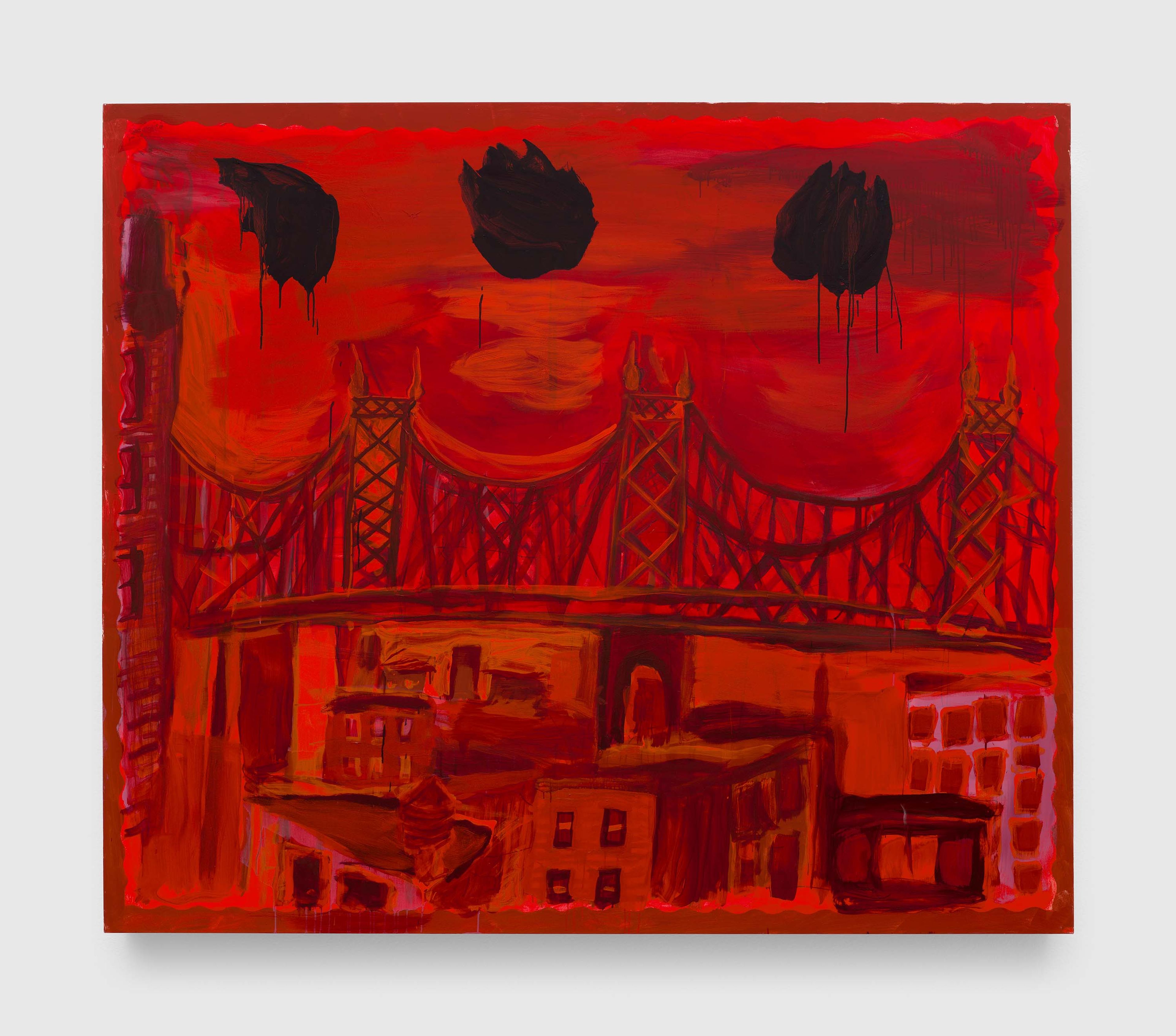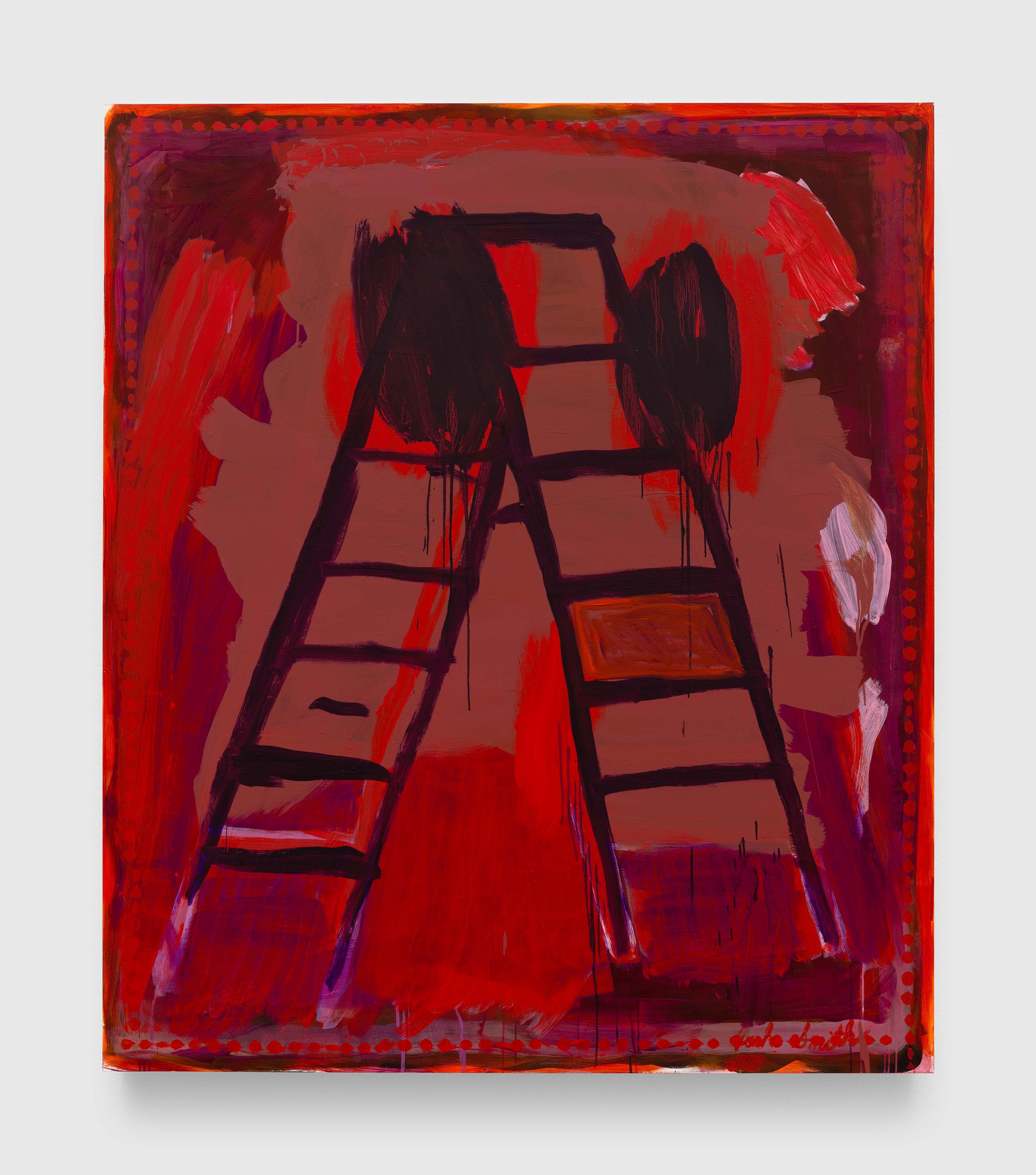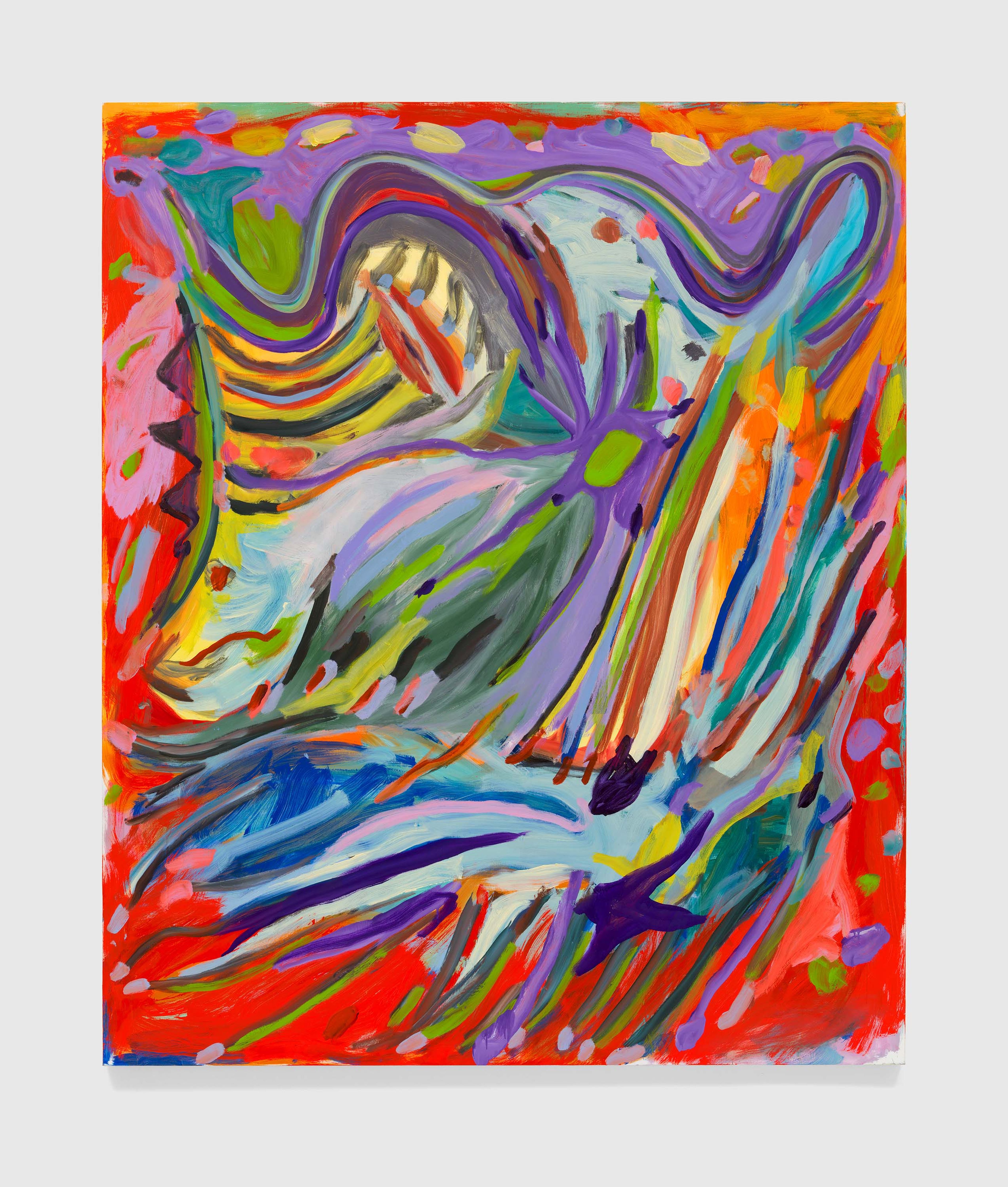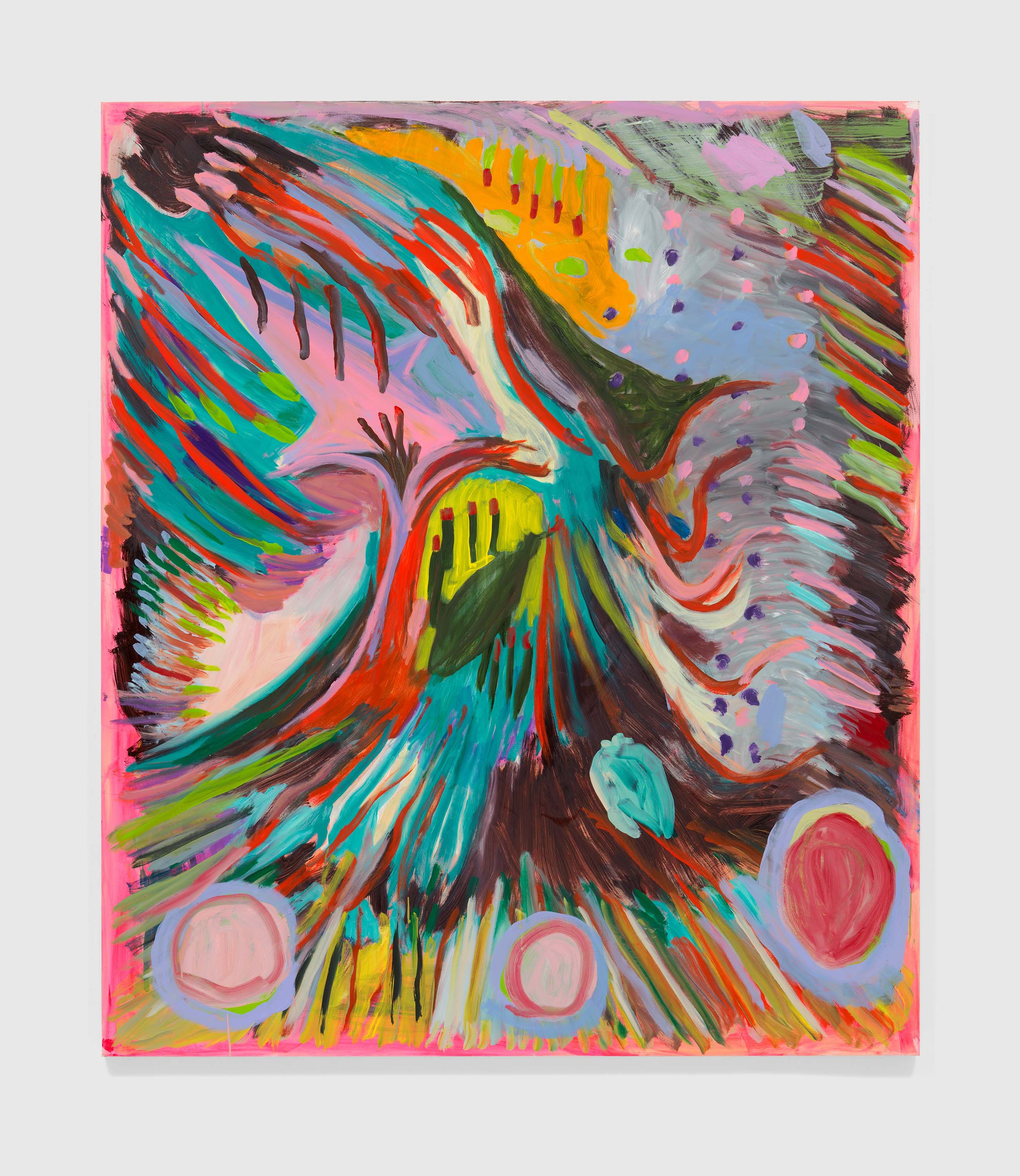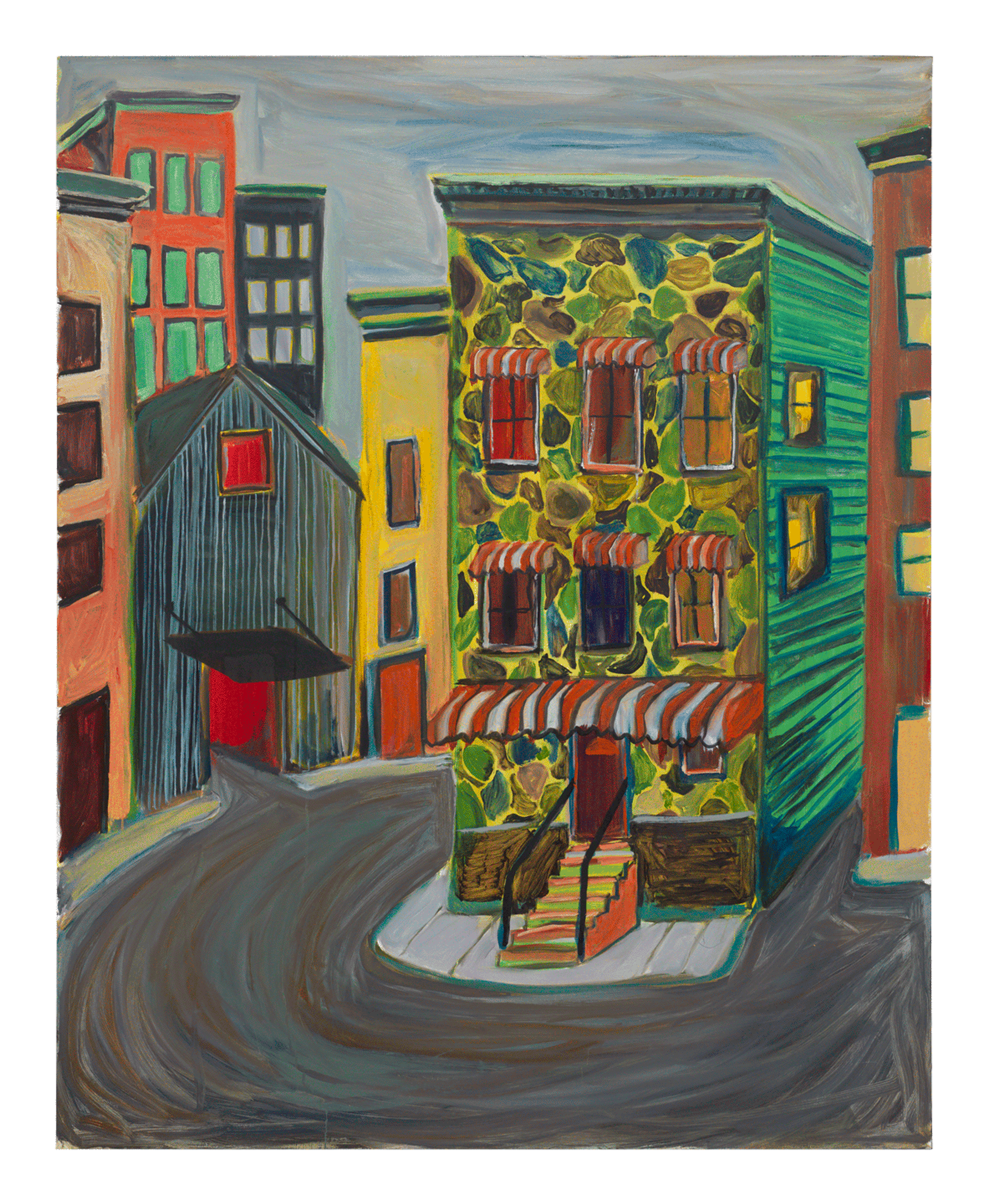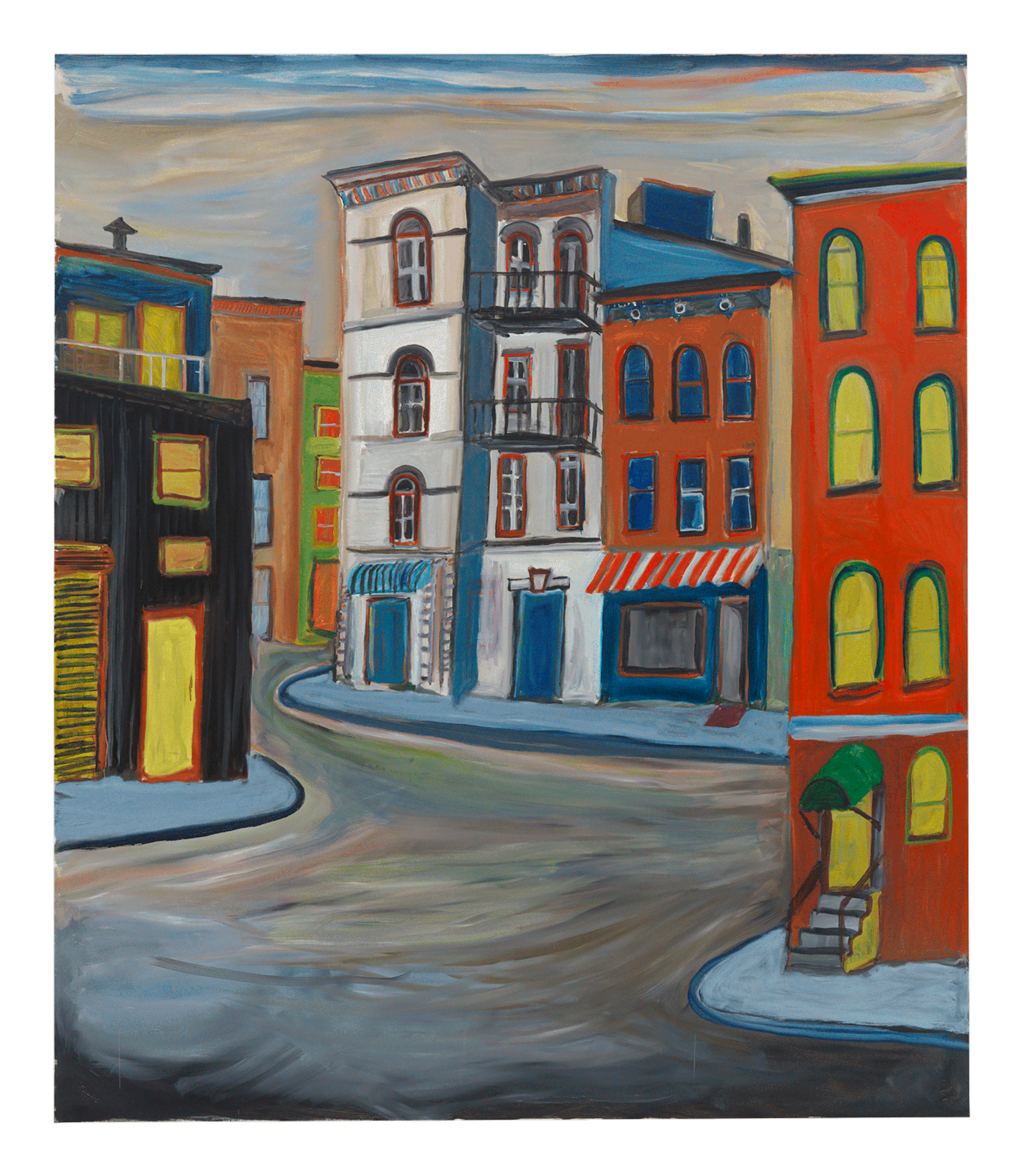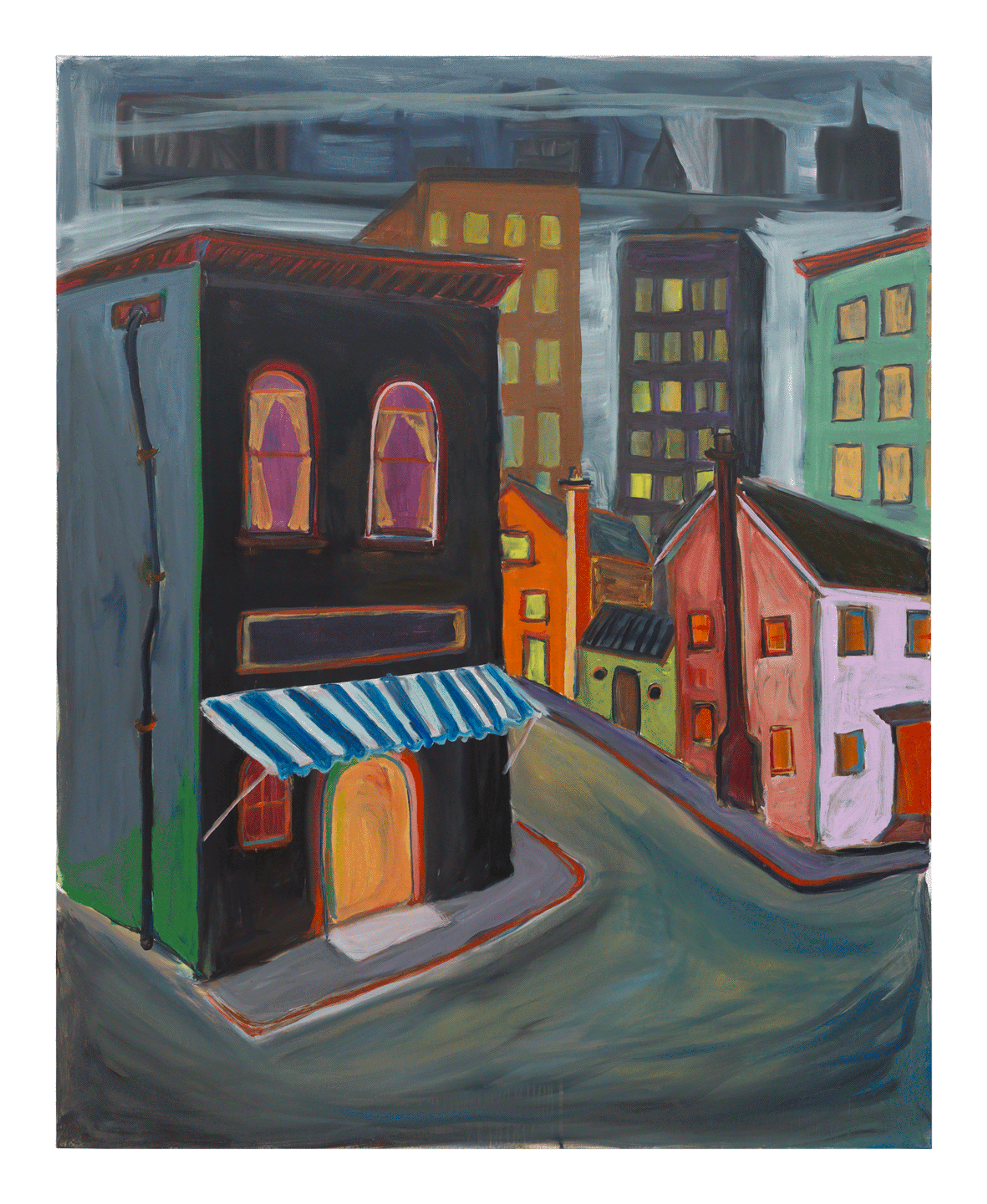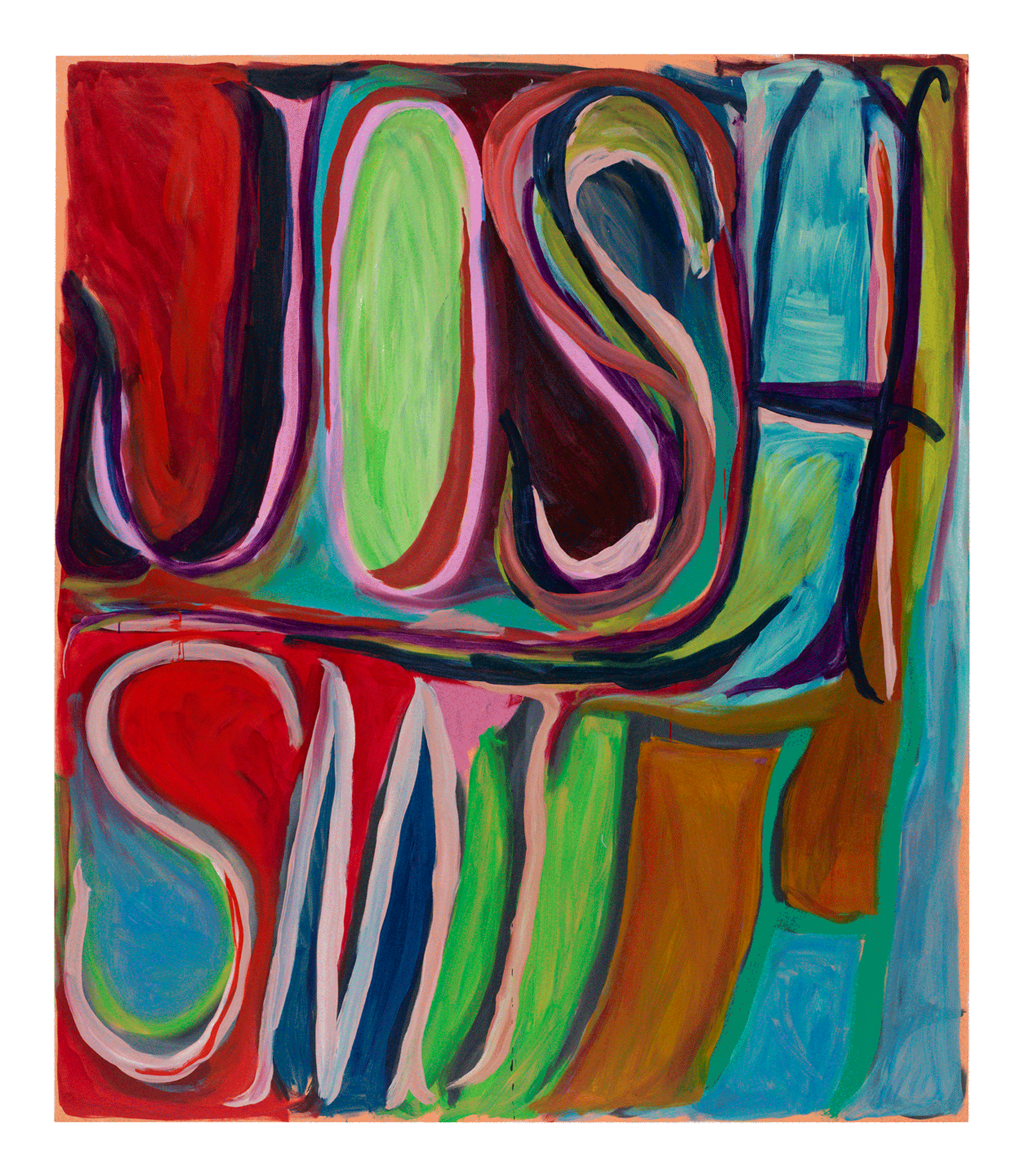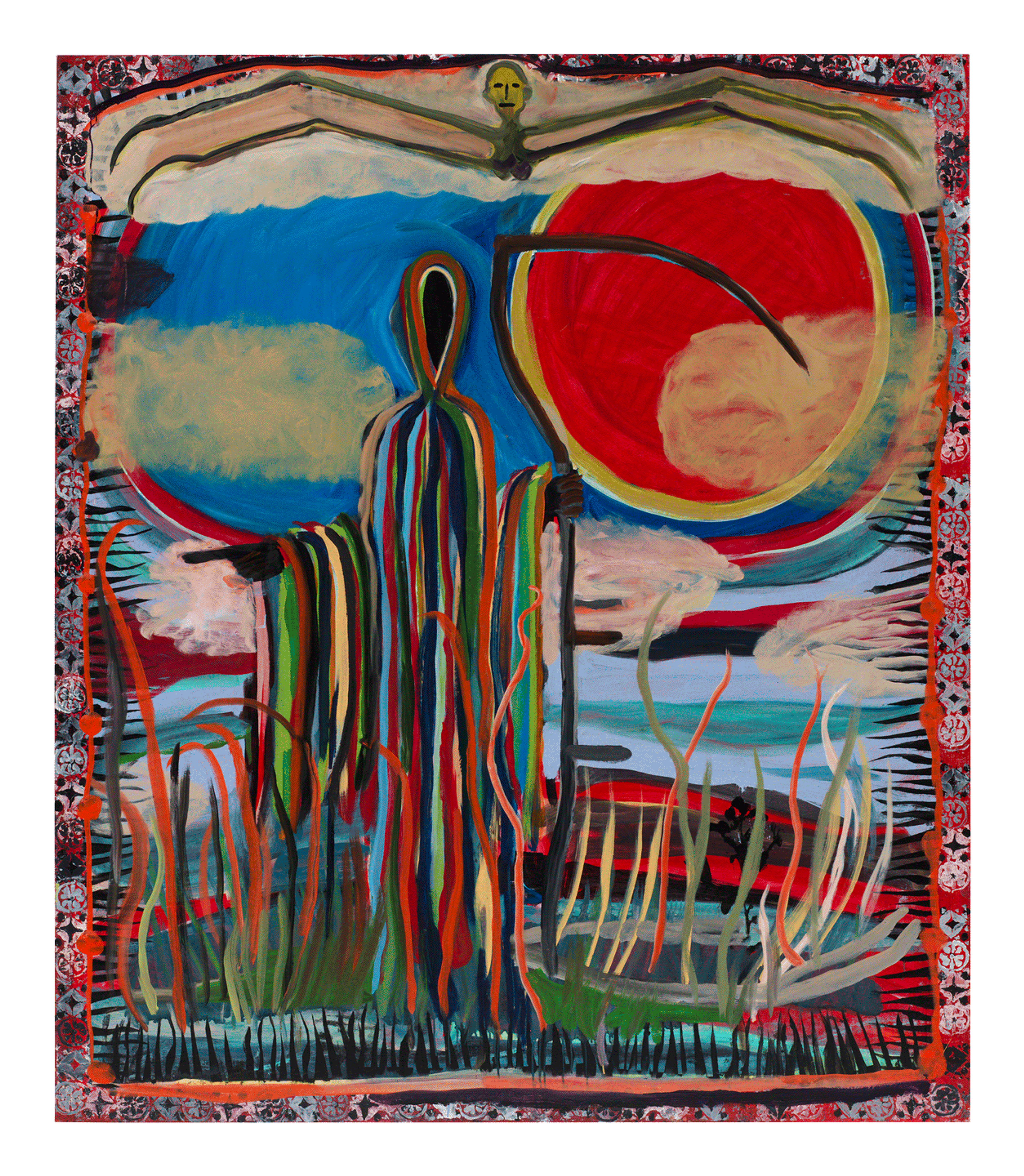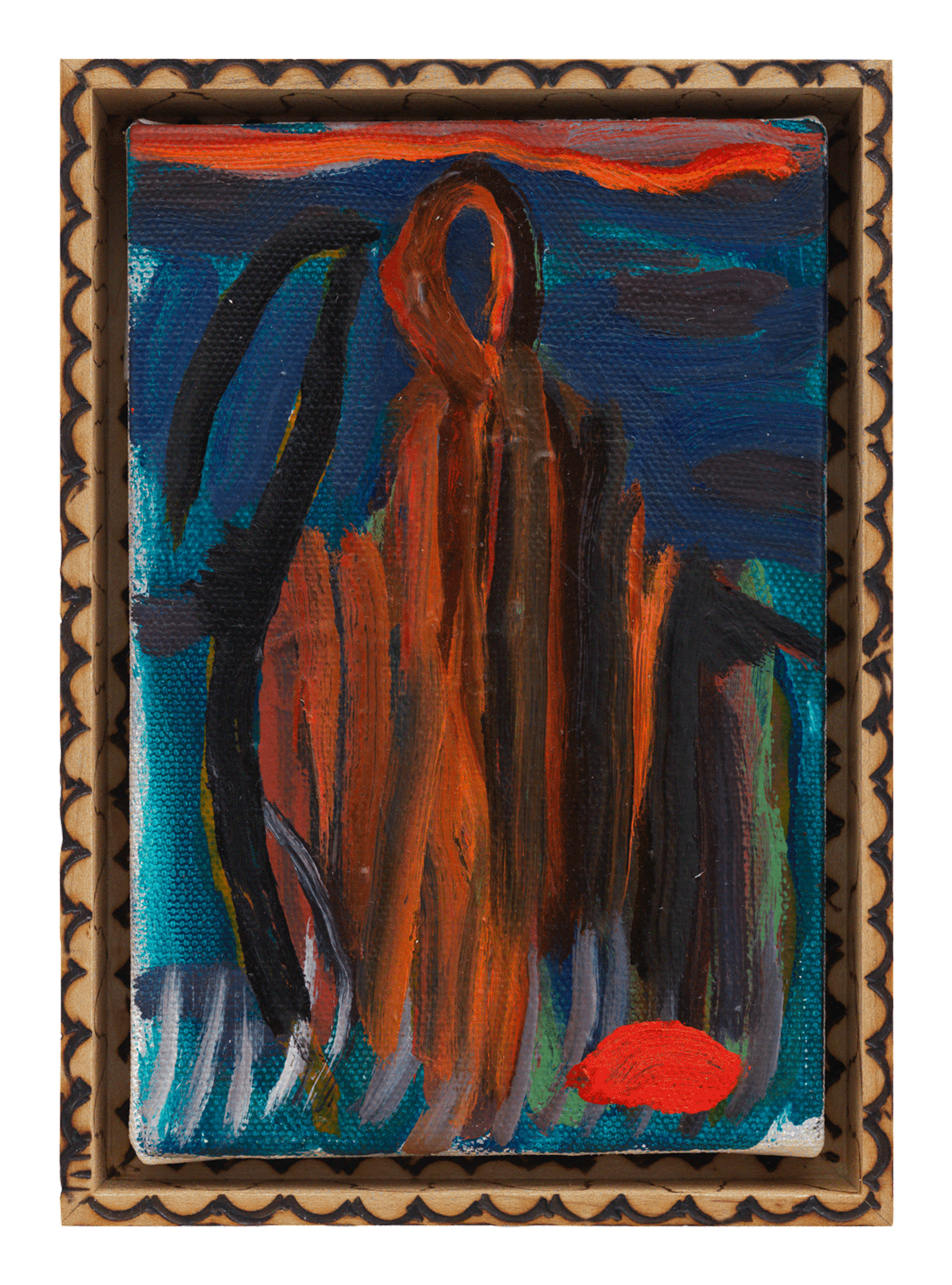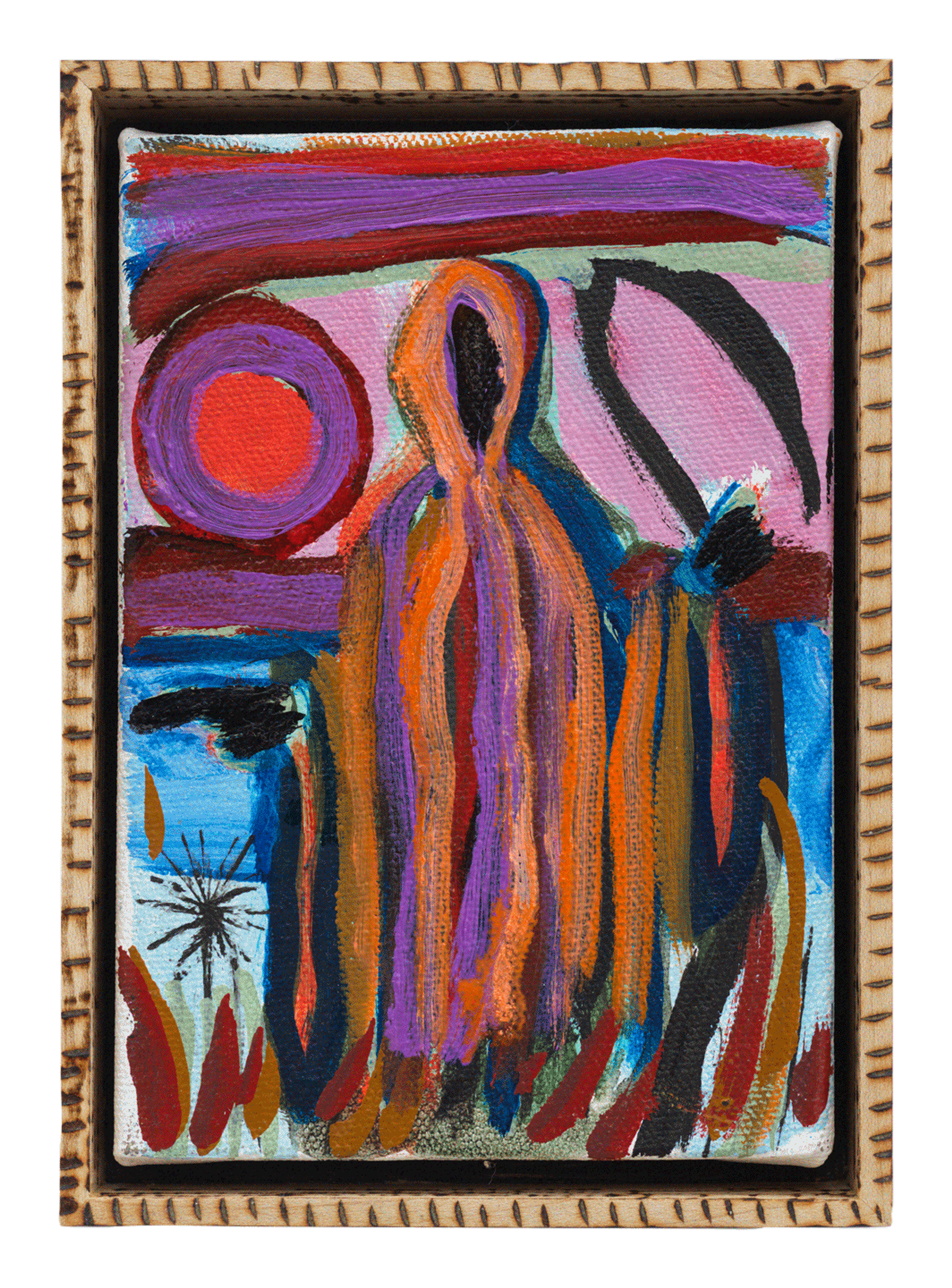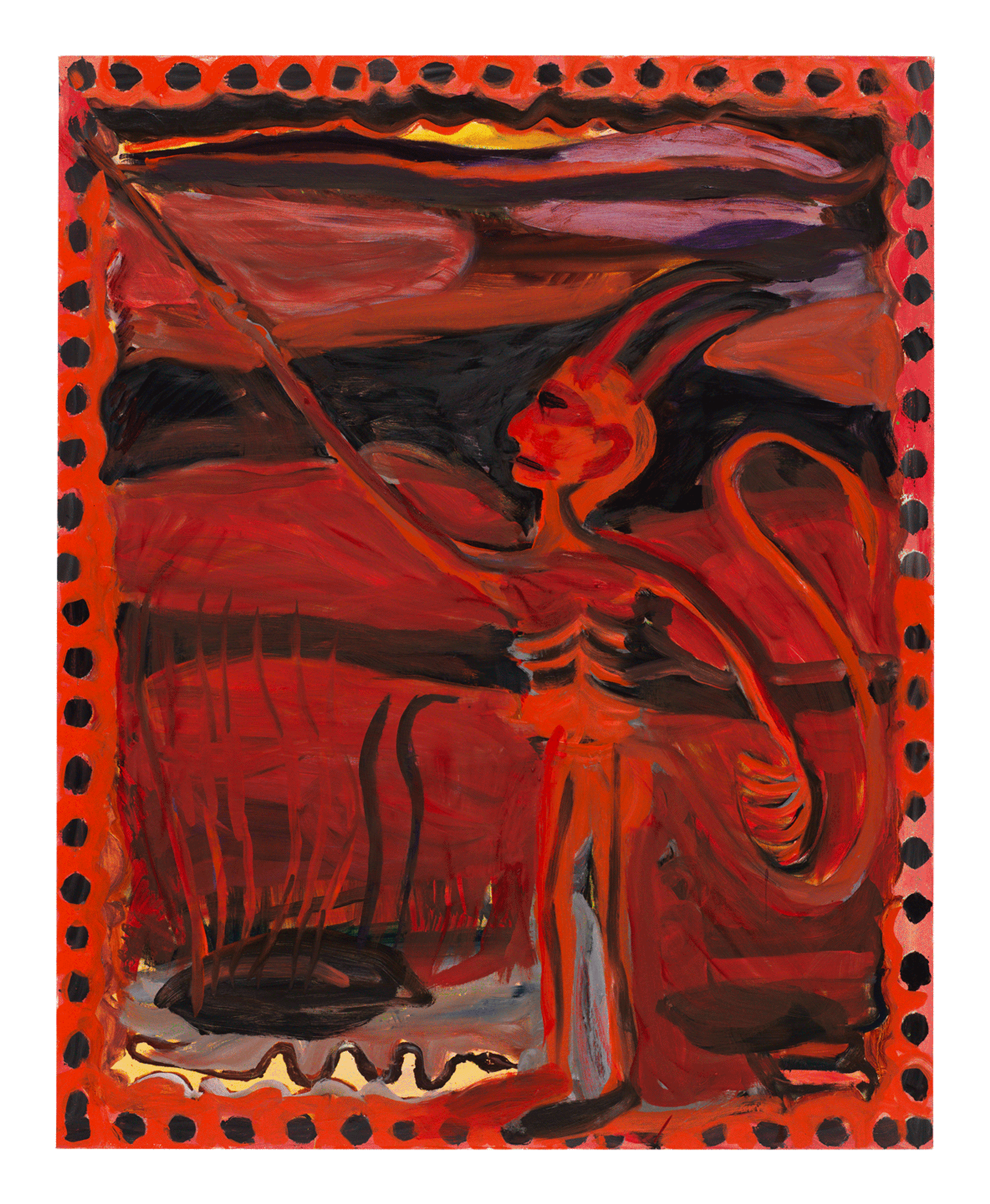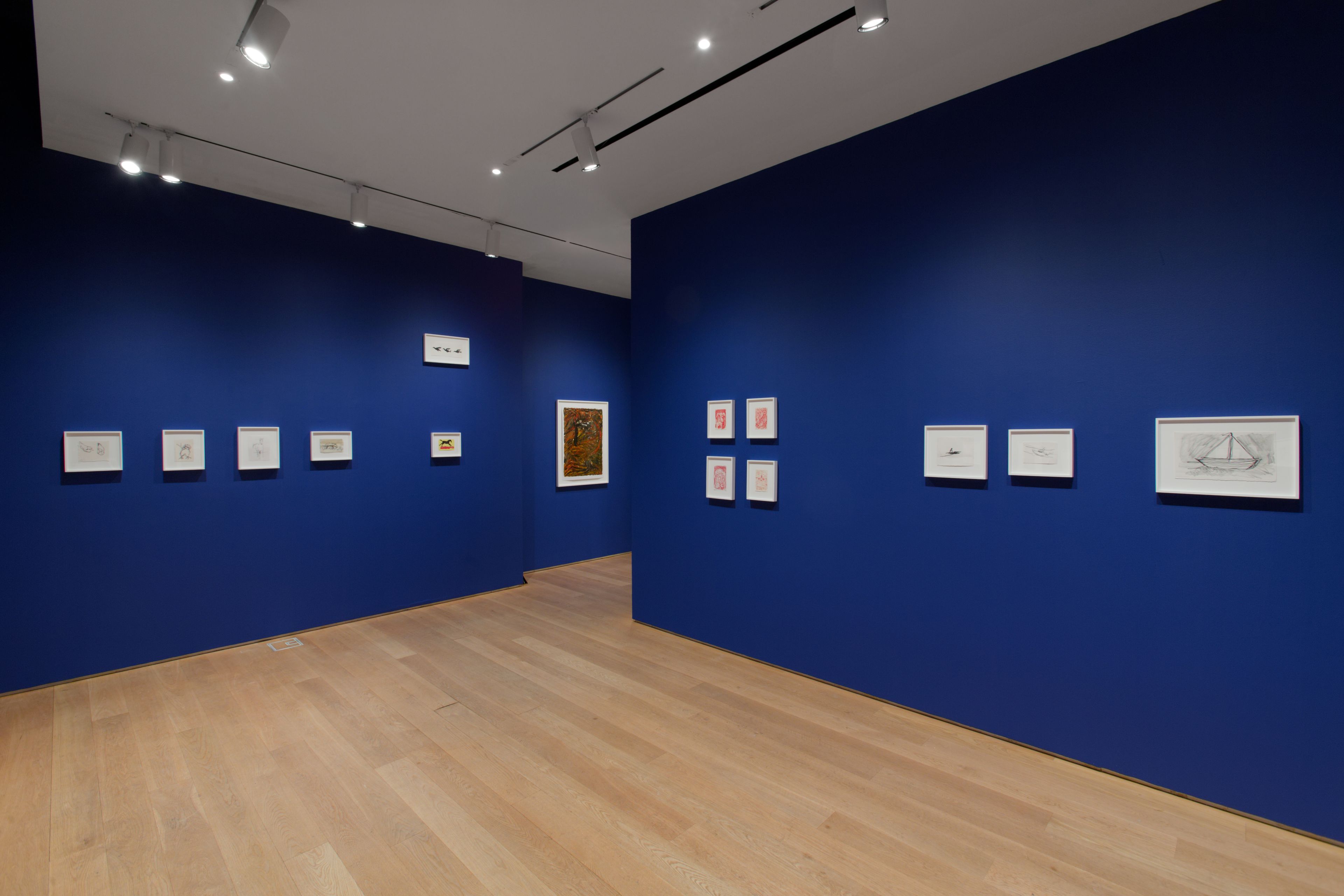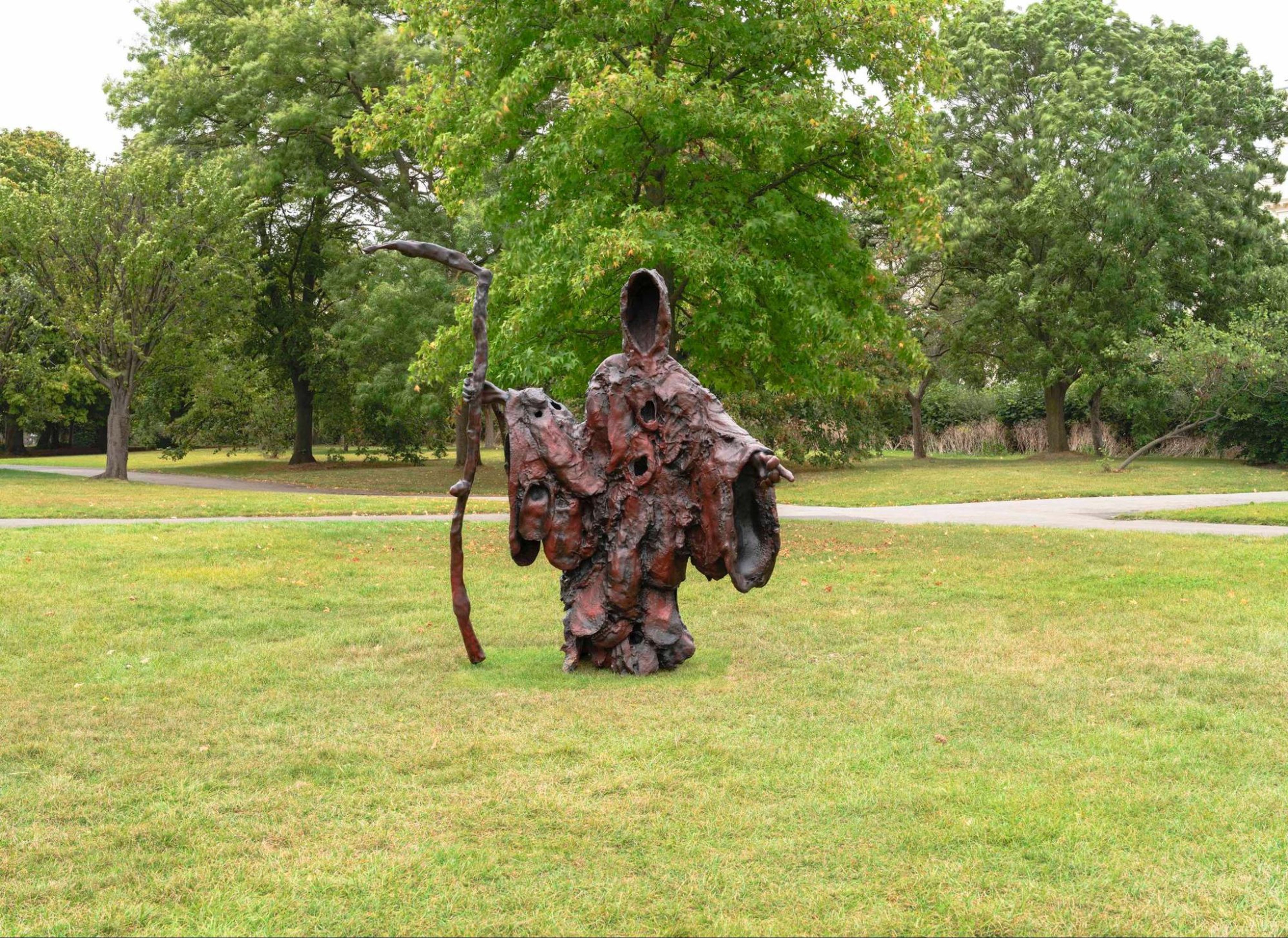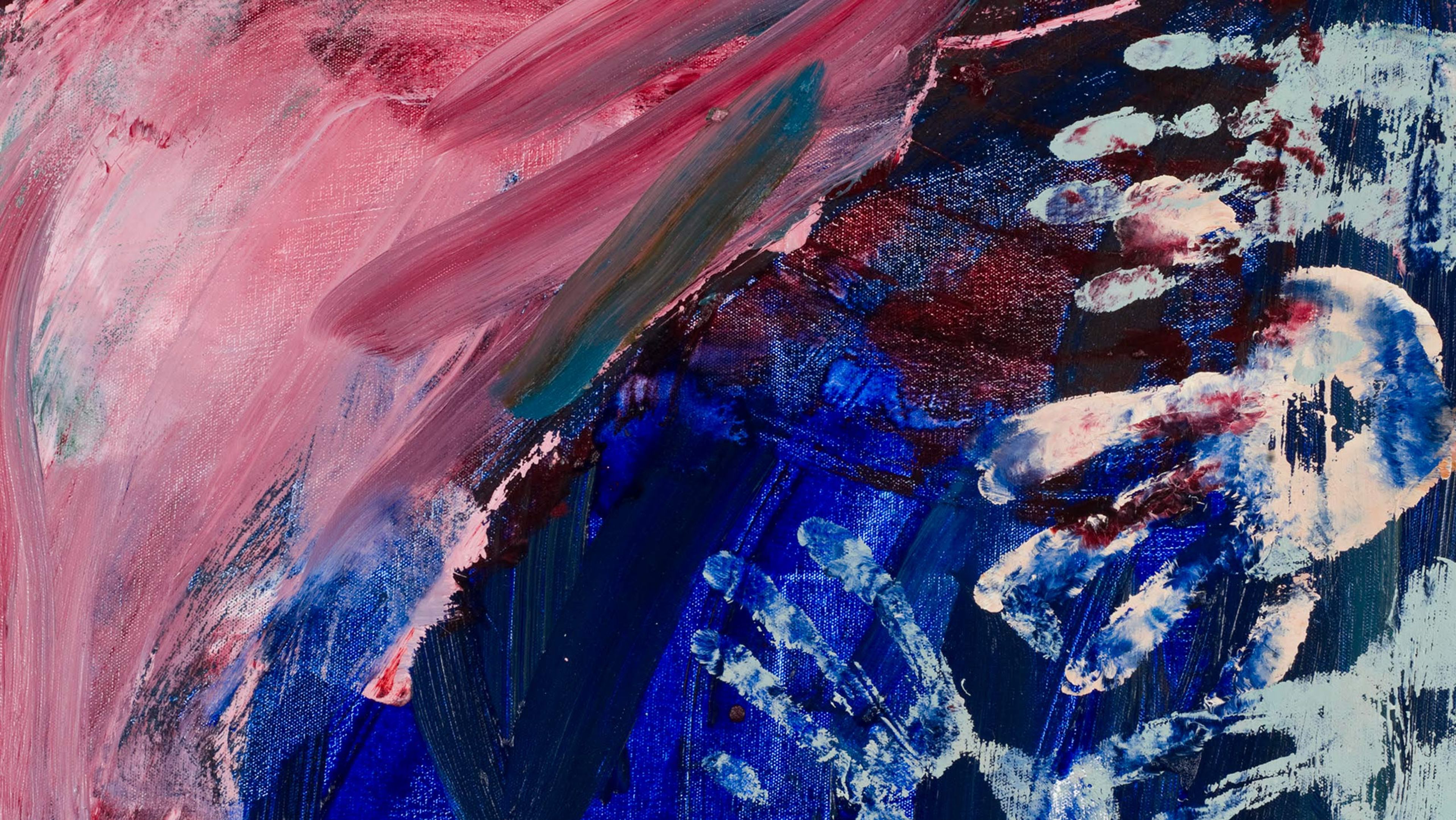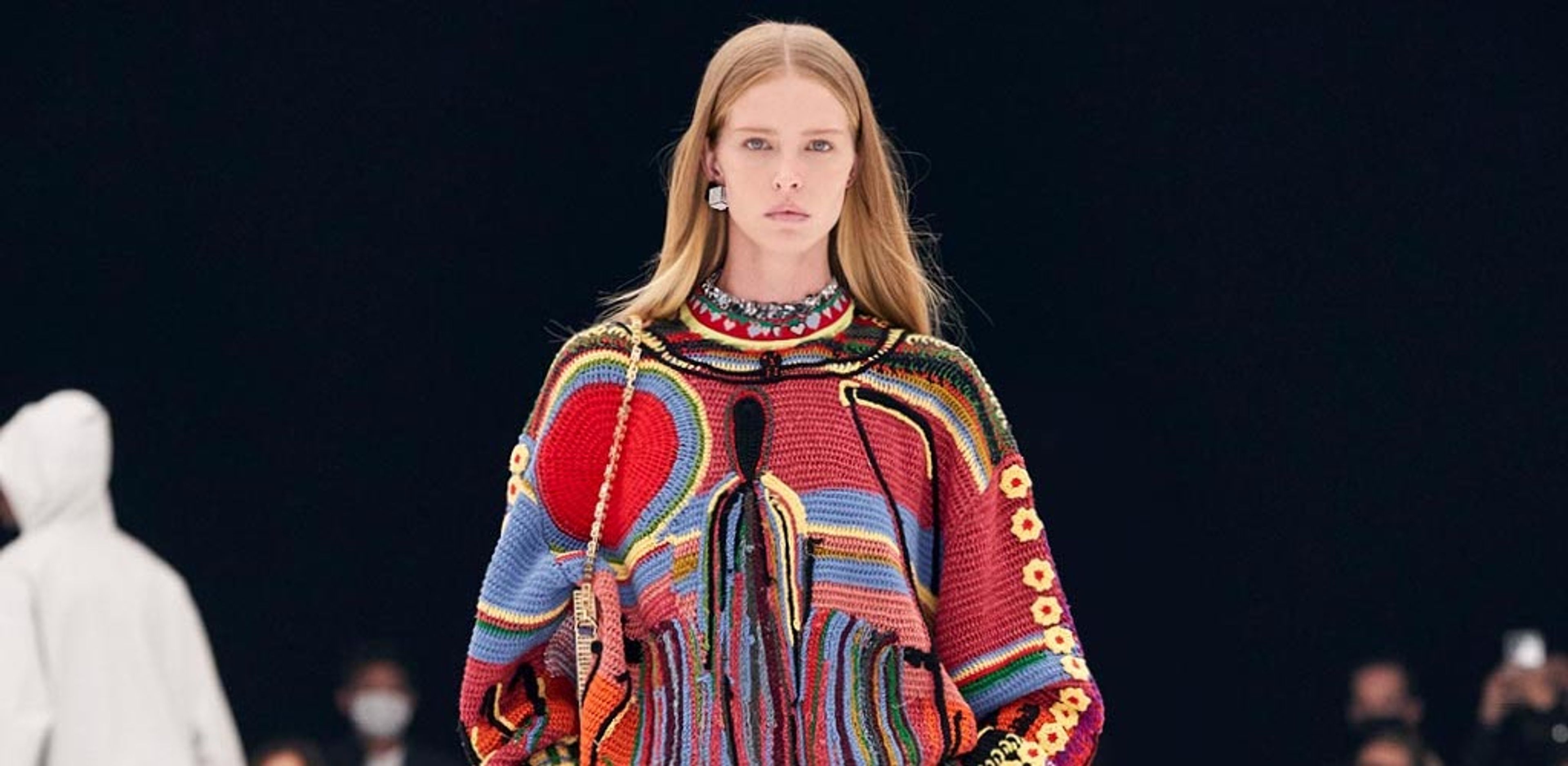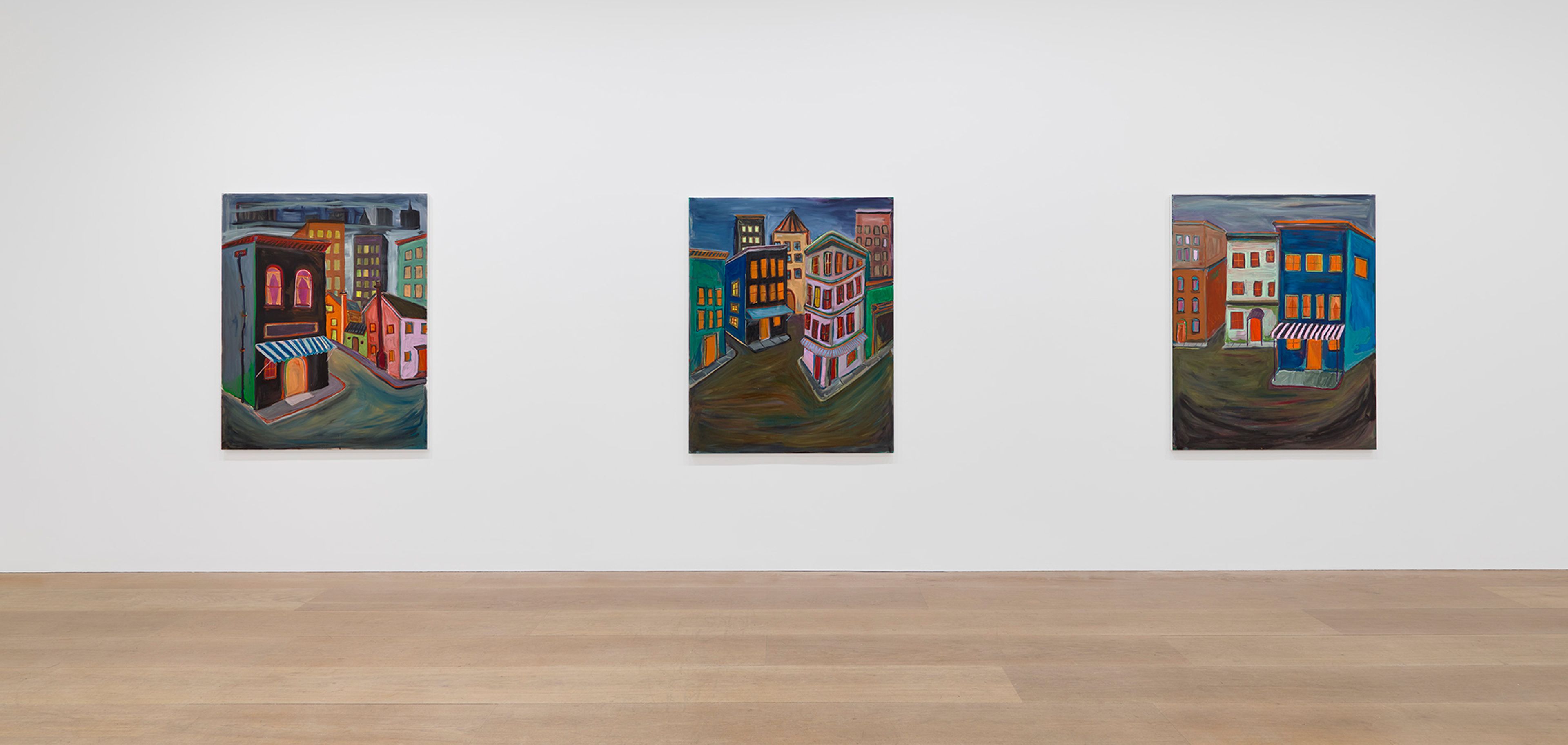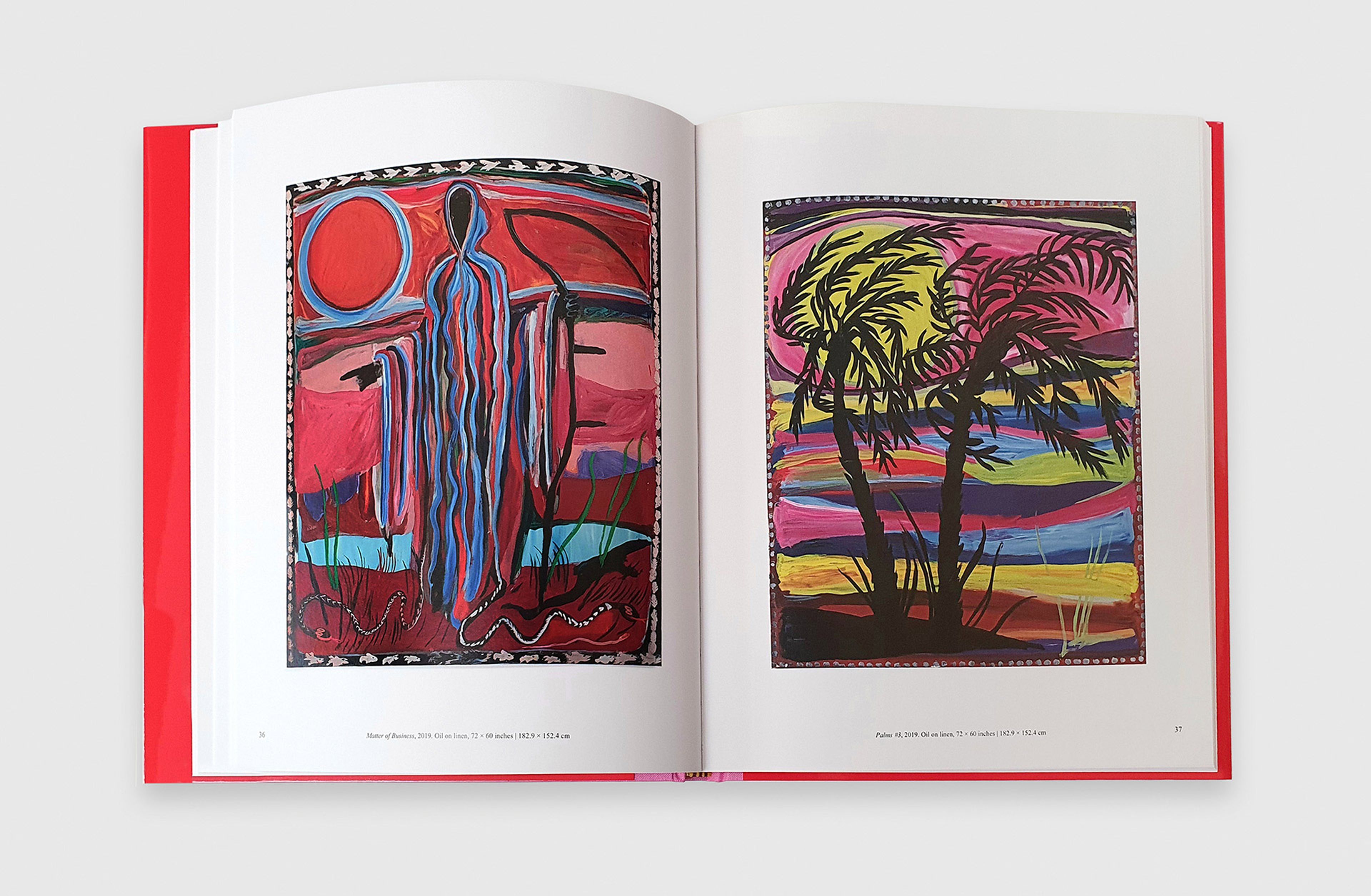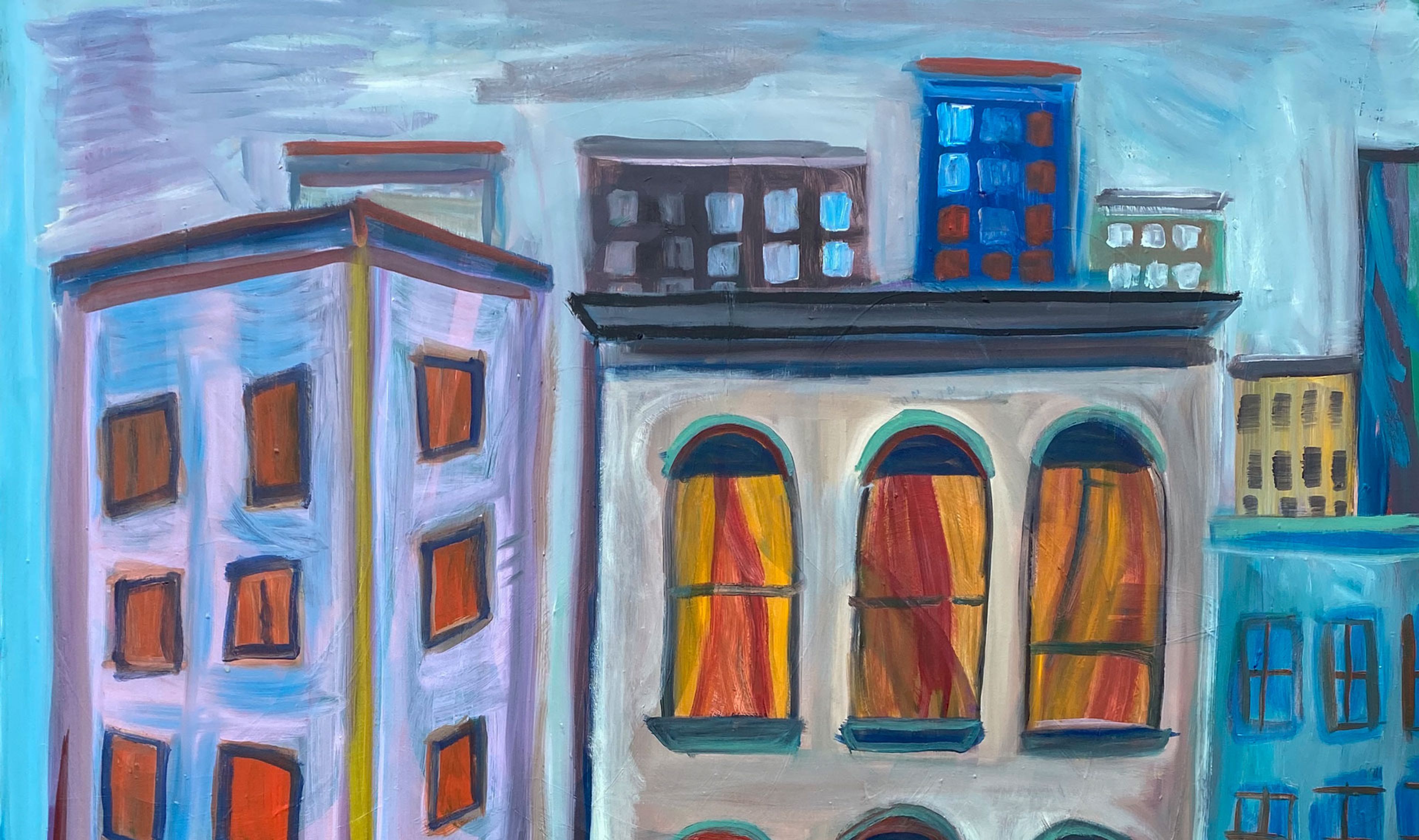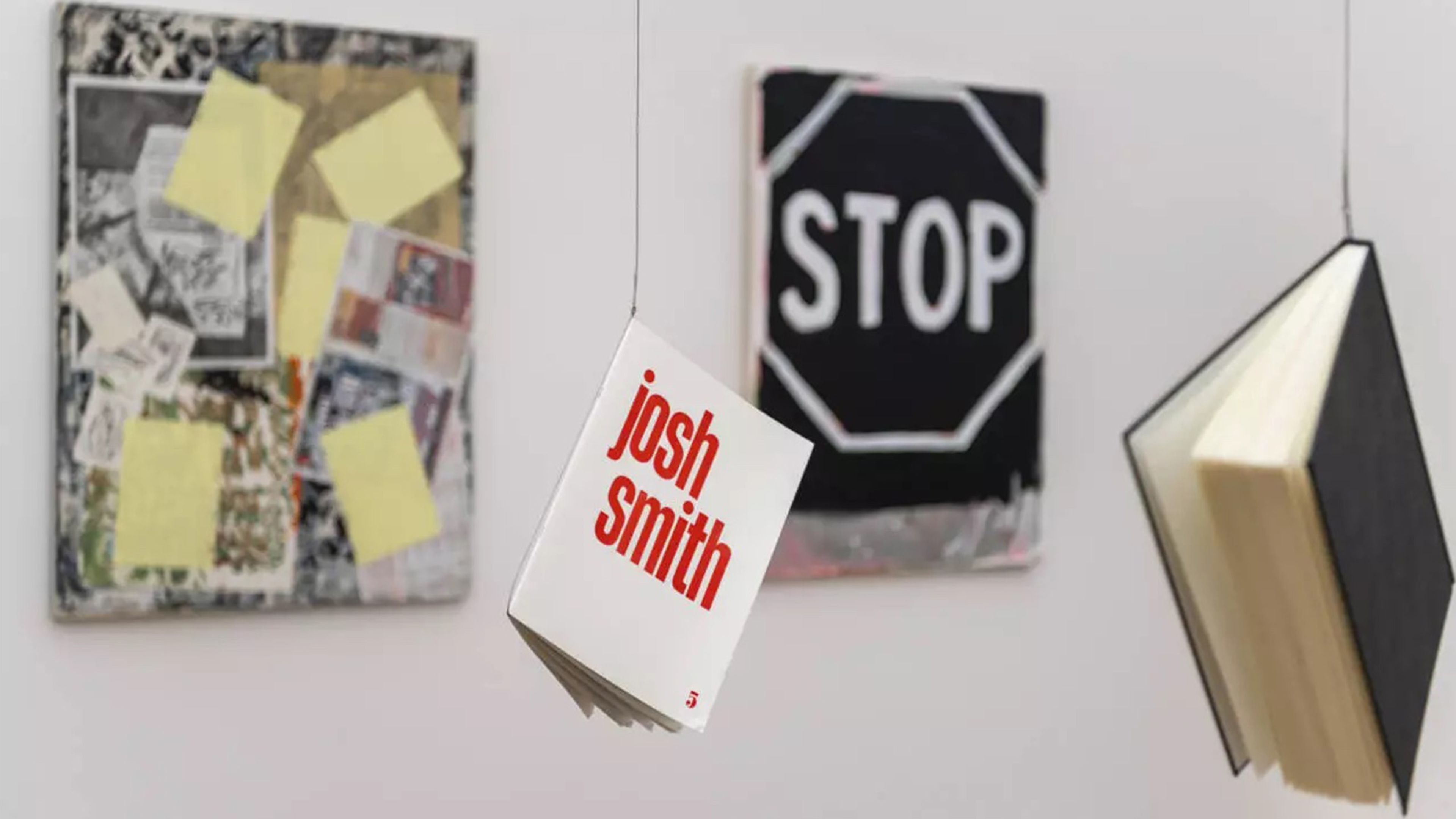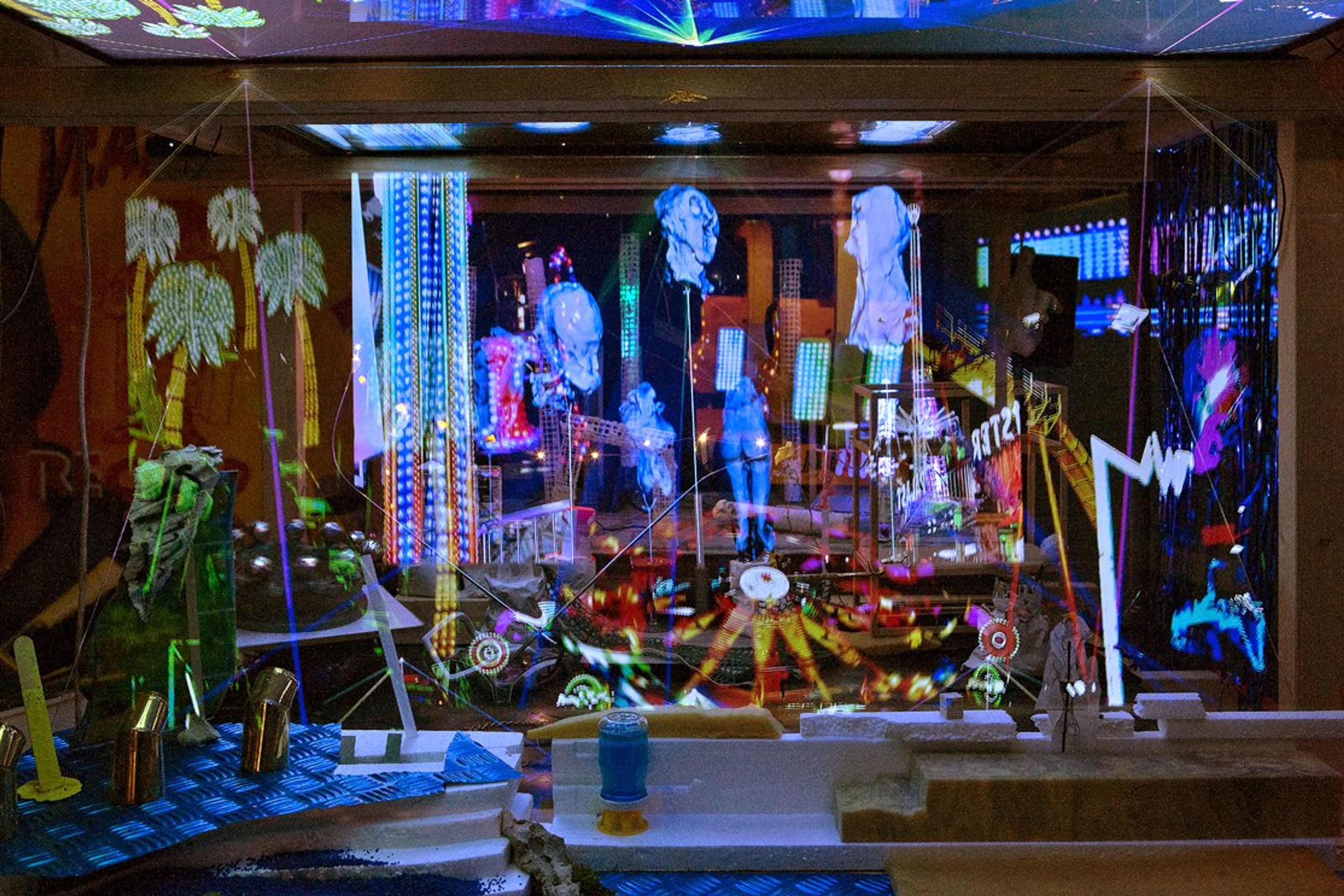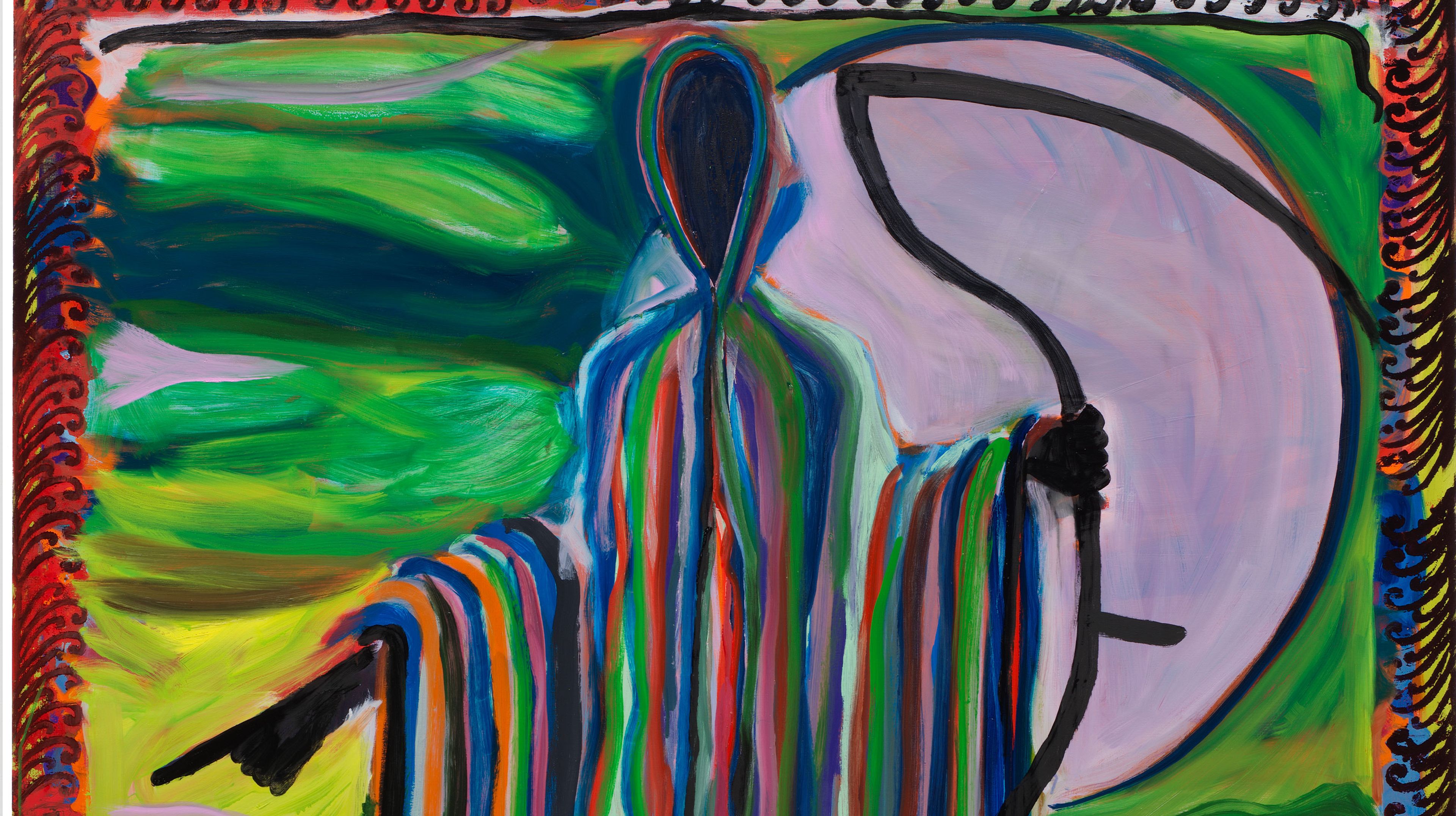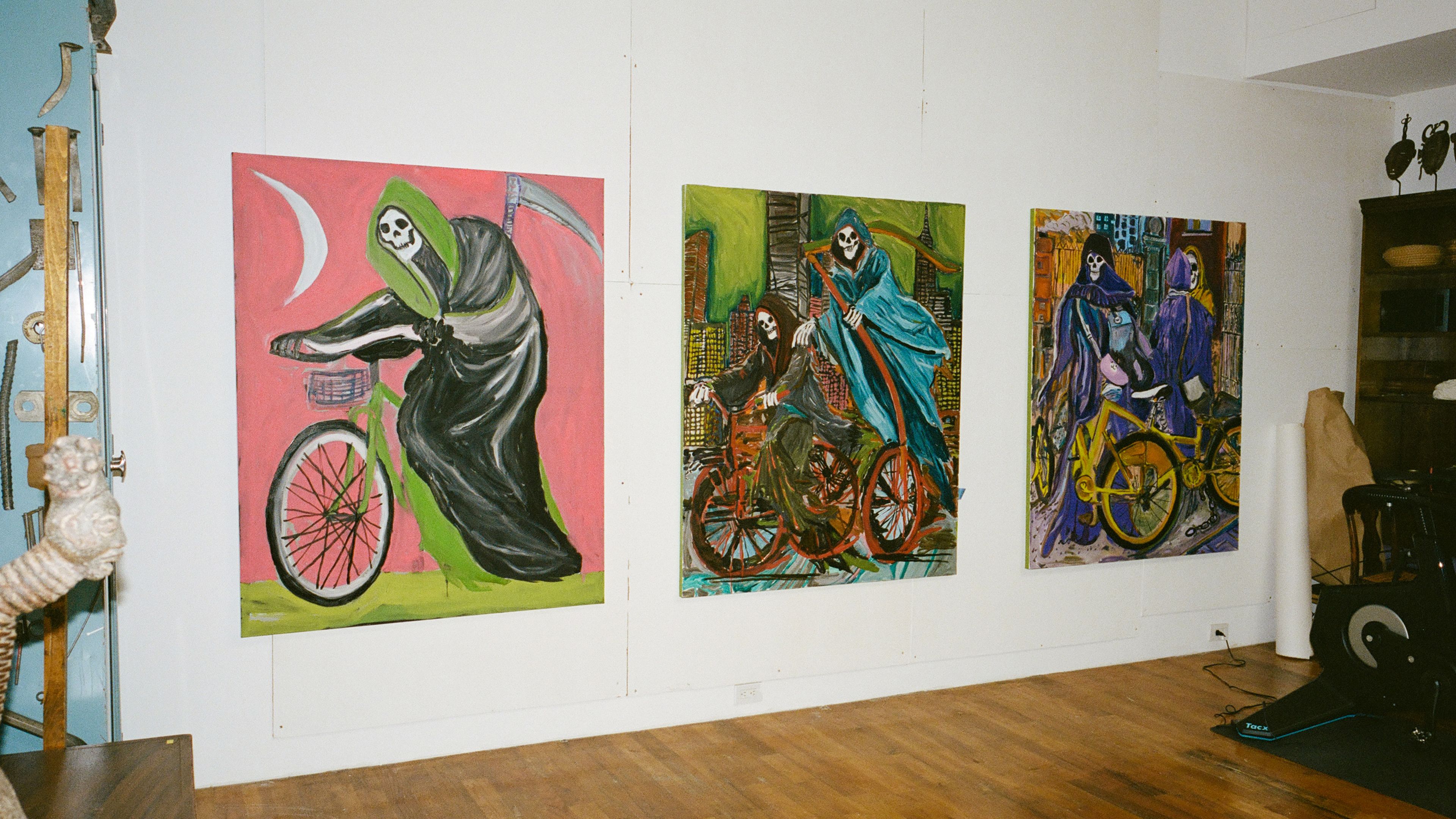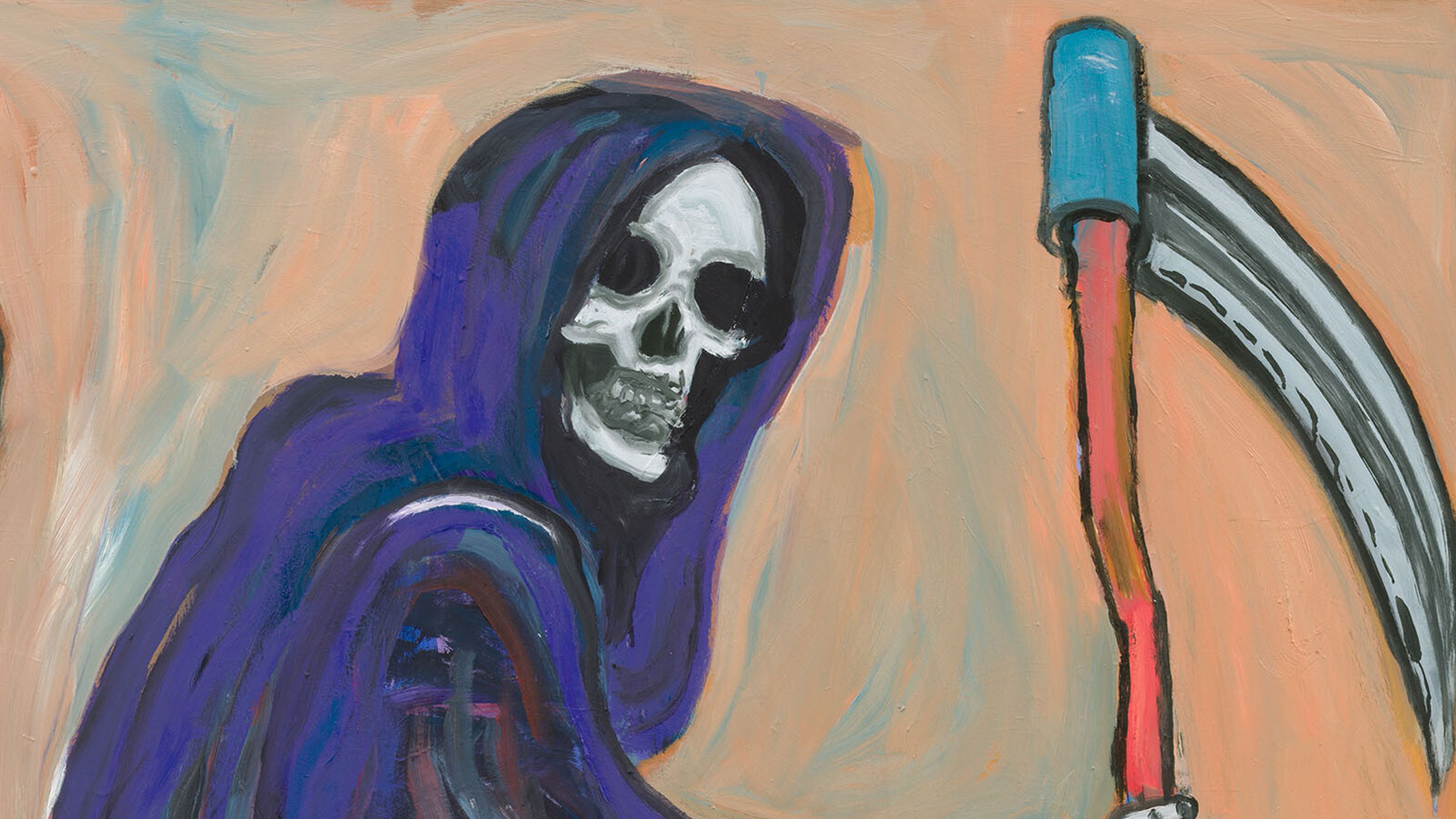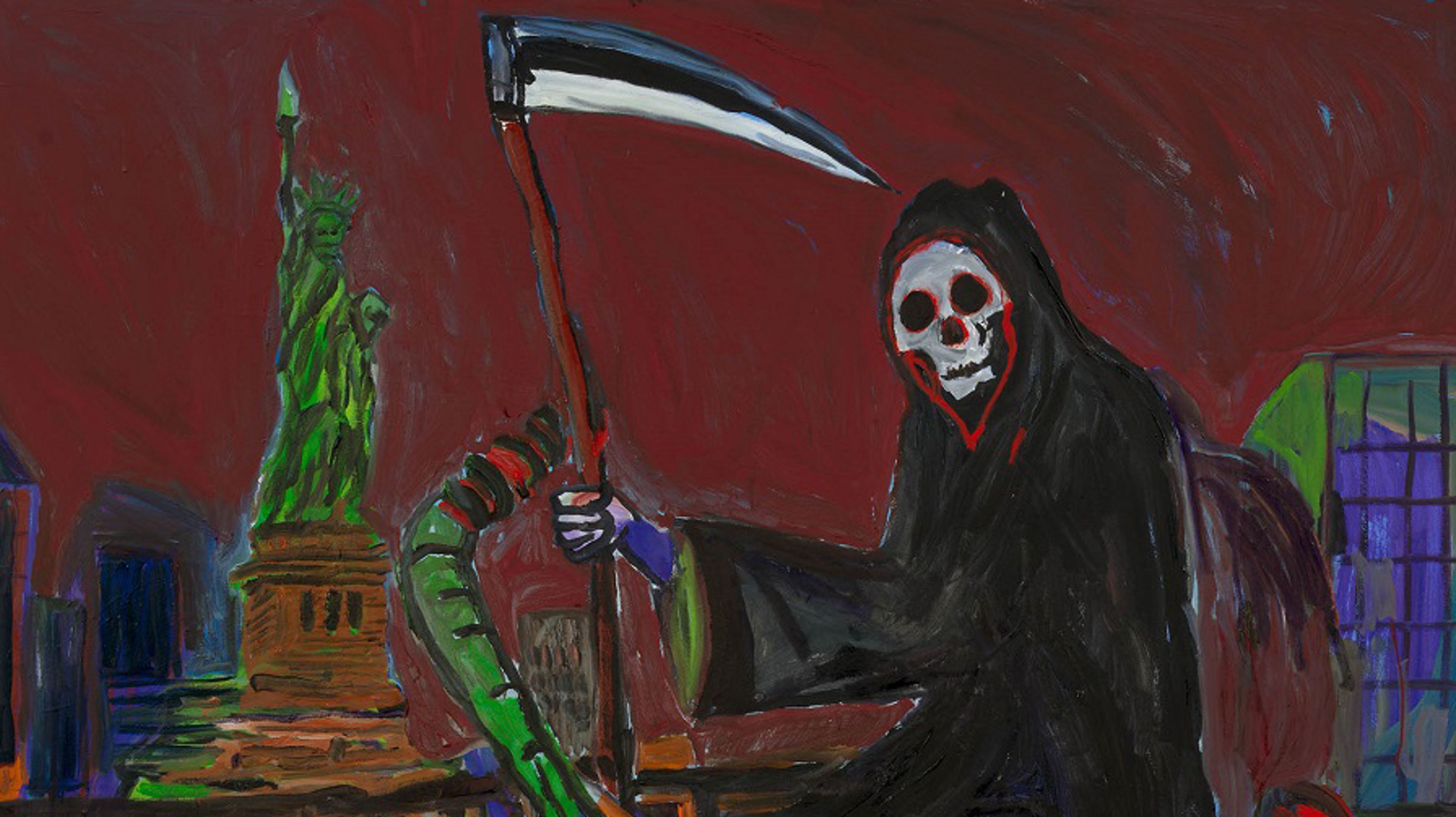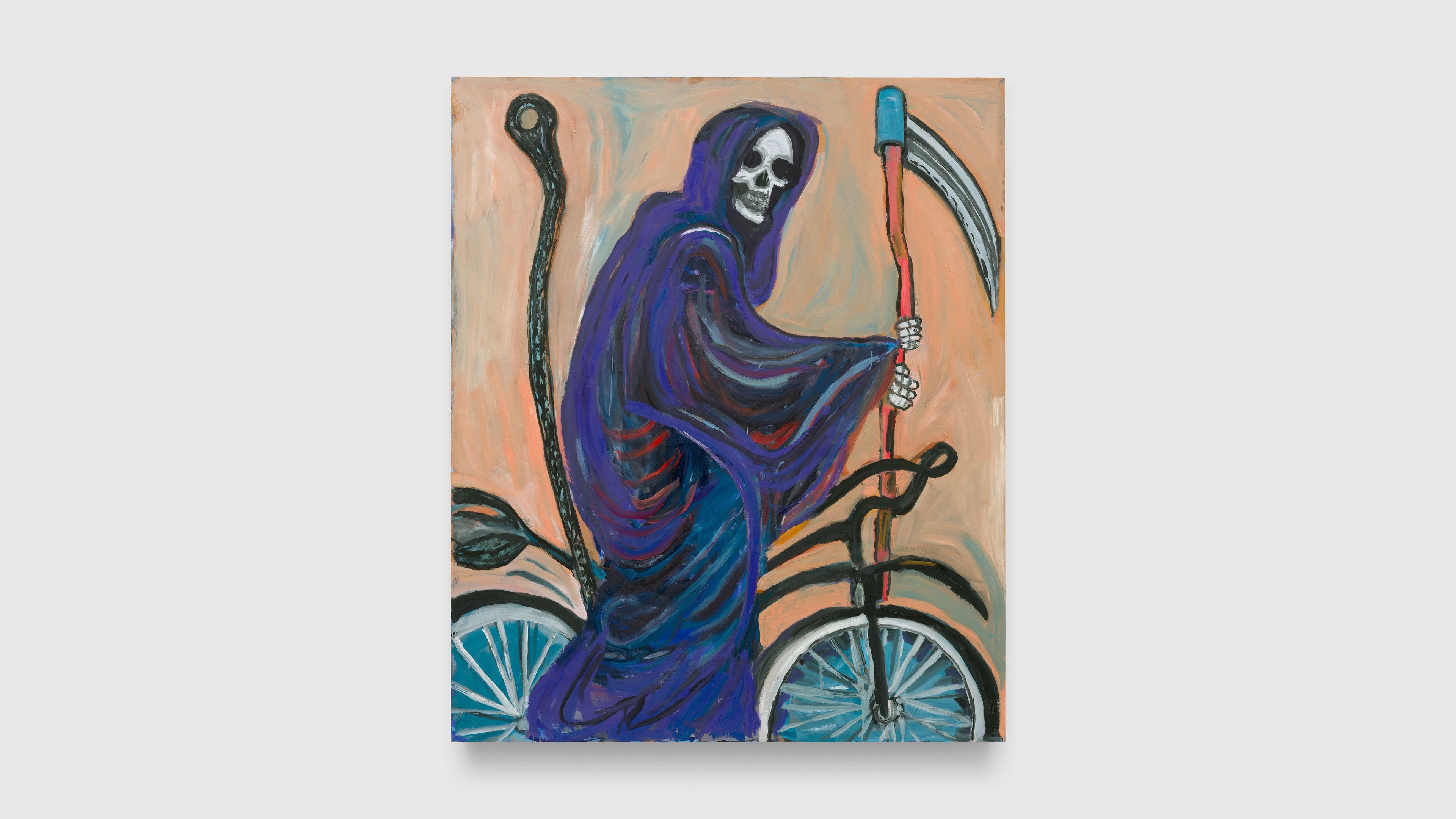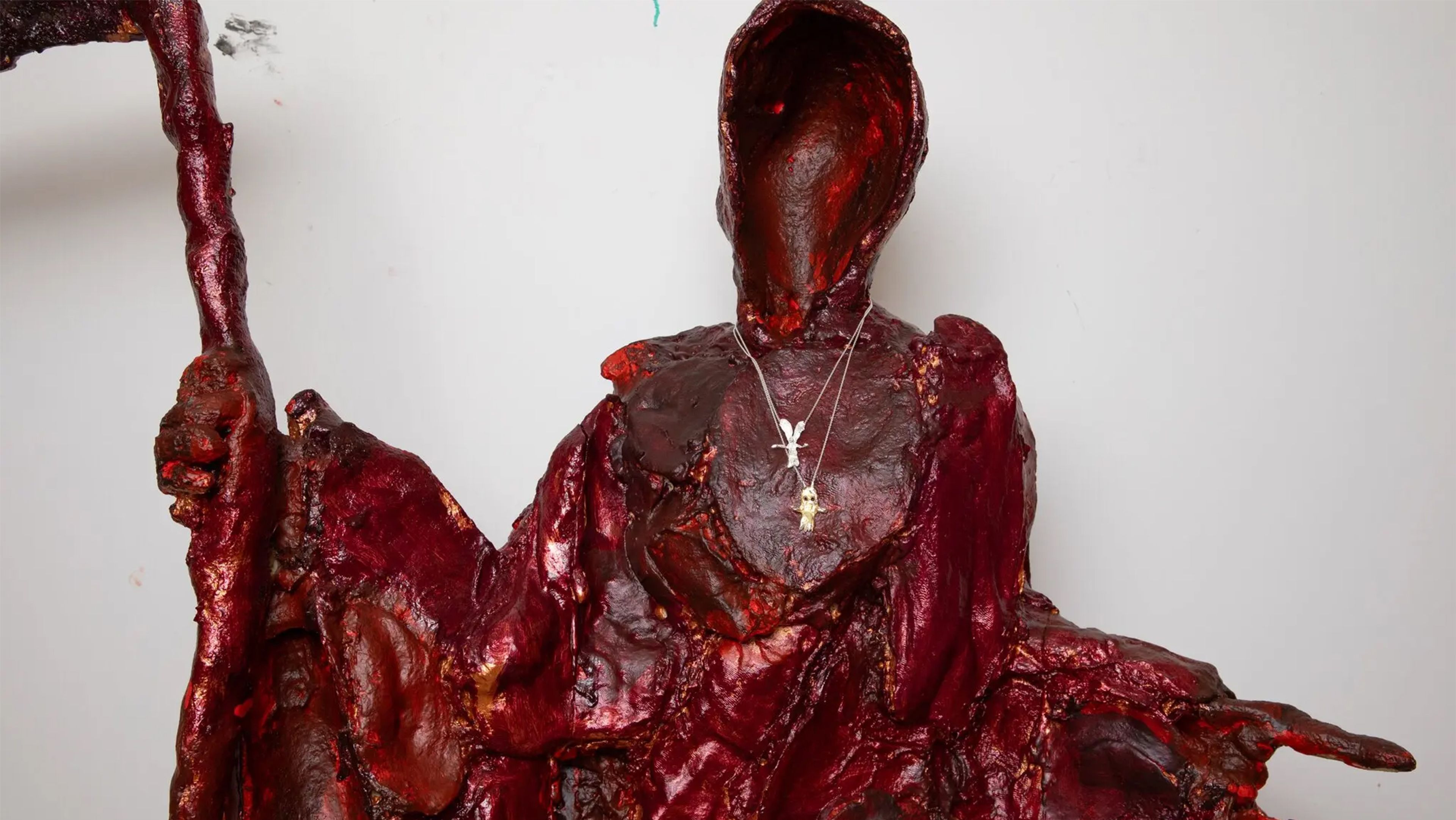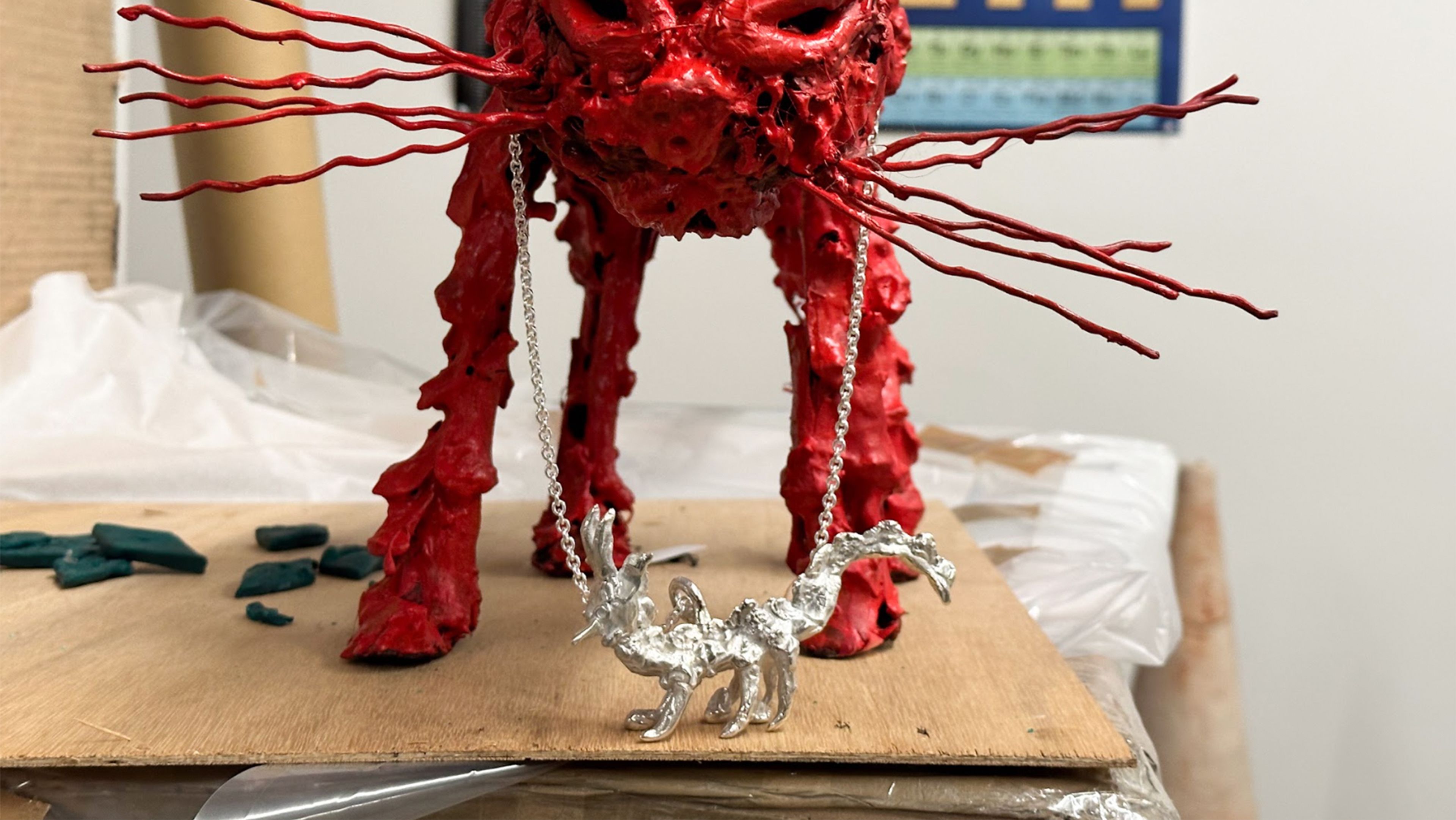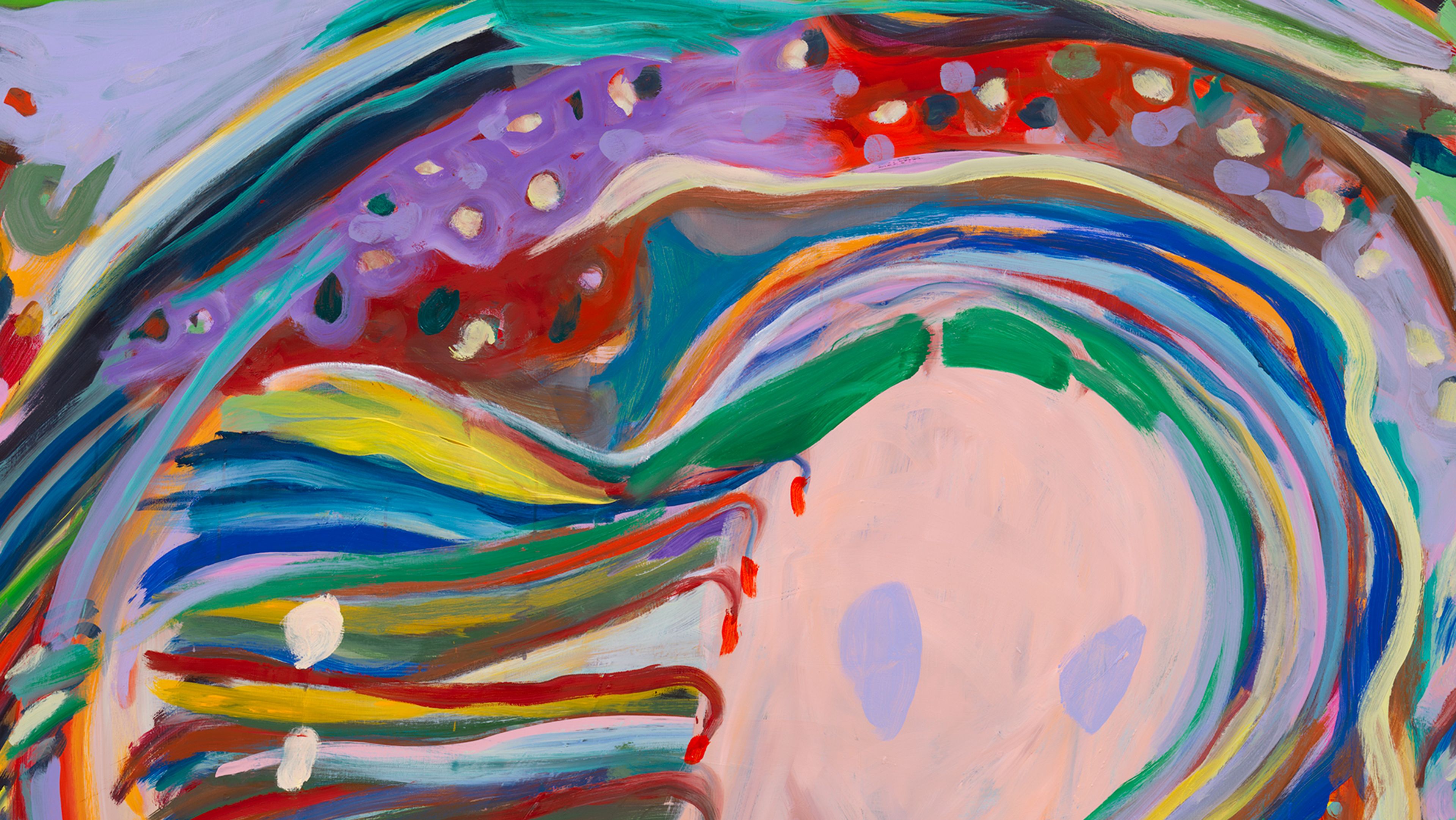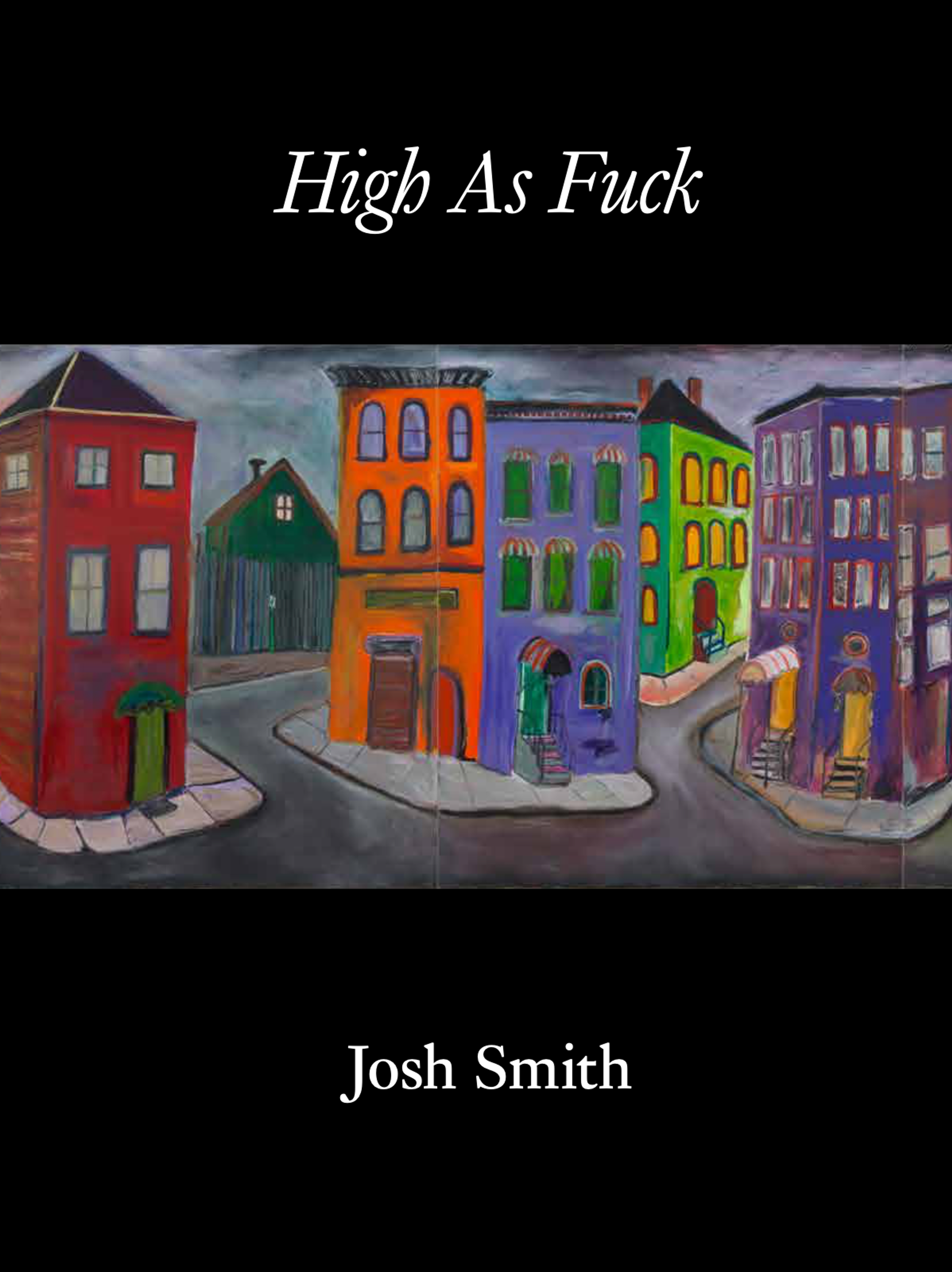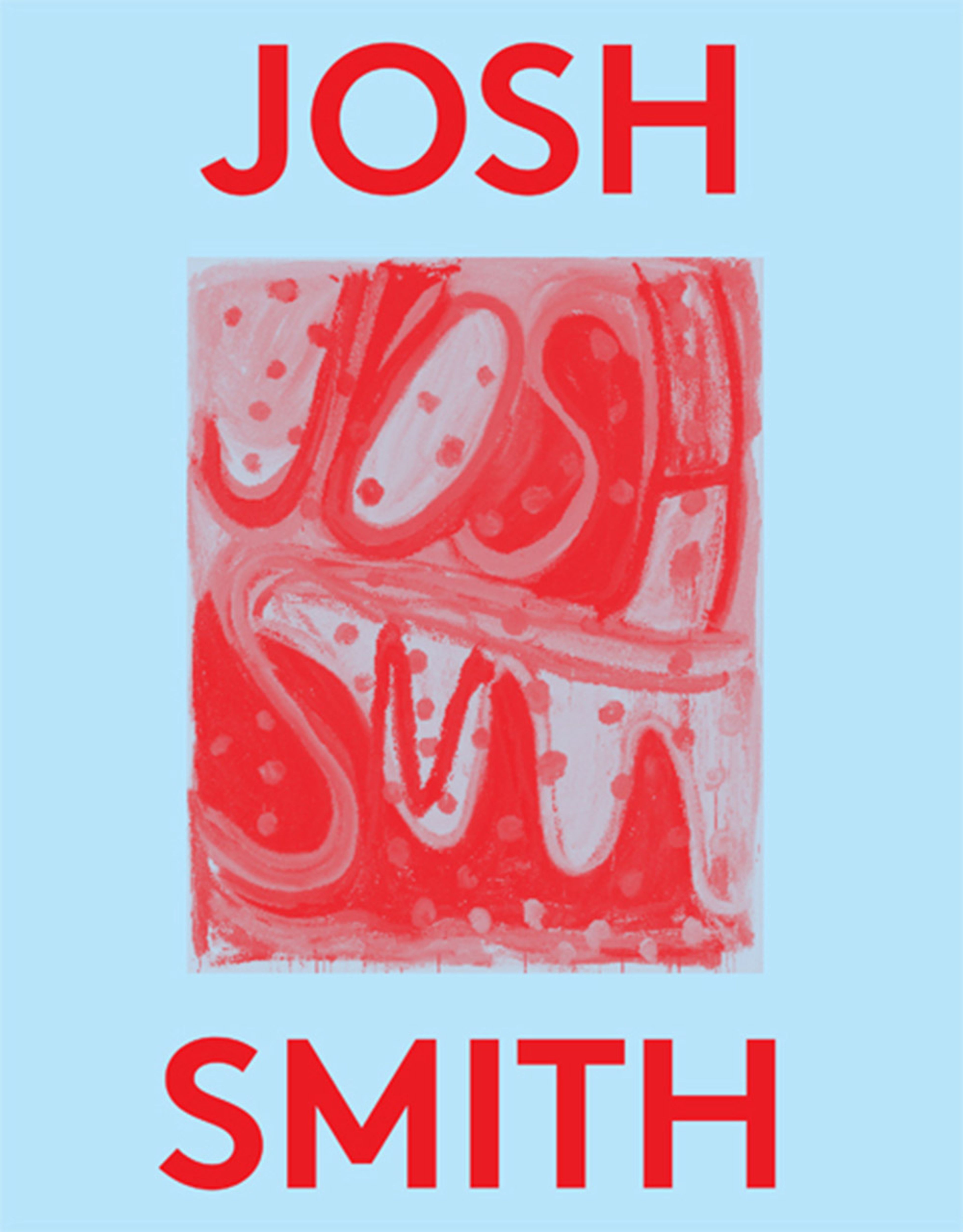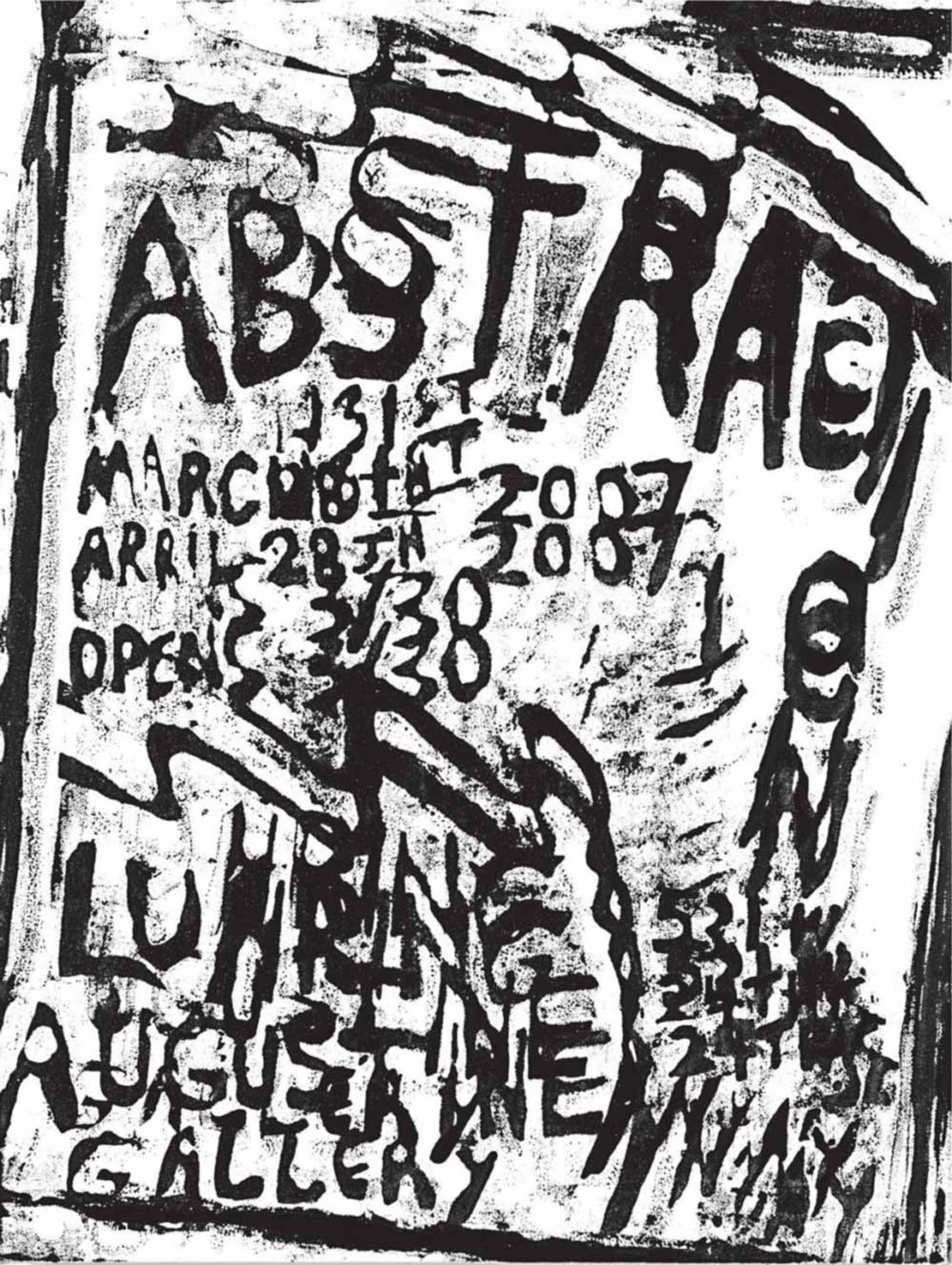Josh Smith
Josh Smith (b. 1976) is a New York- and Tennessee-based painter who also works with collage, sculpture, printmaking, and artist’s books. Smith’s work engages in a celebratory and prolific project of experimentation and refinement—upending the conventions of painting while simultaneously commanding a deep awareness of its history.
Learn More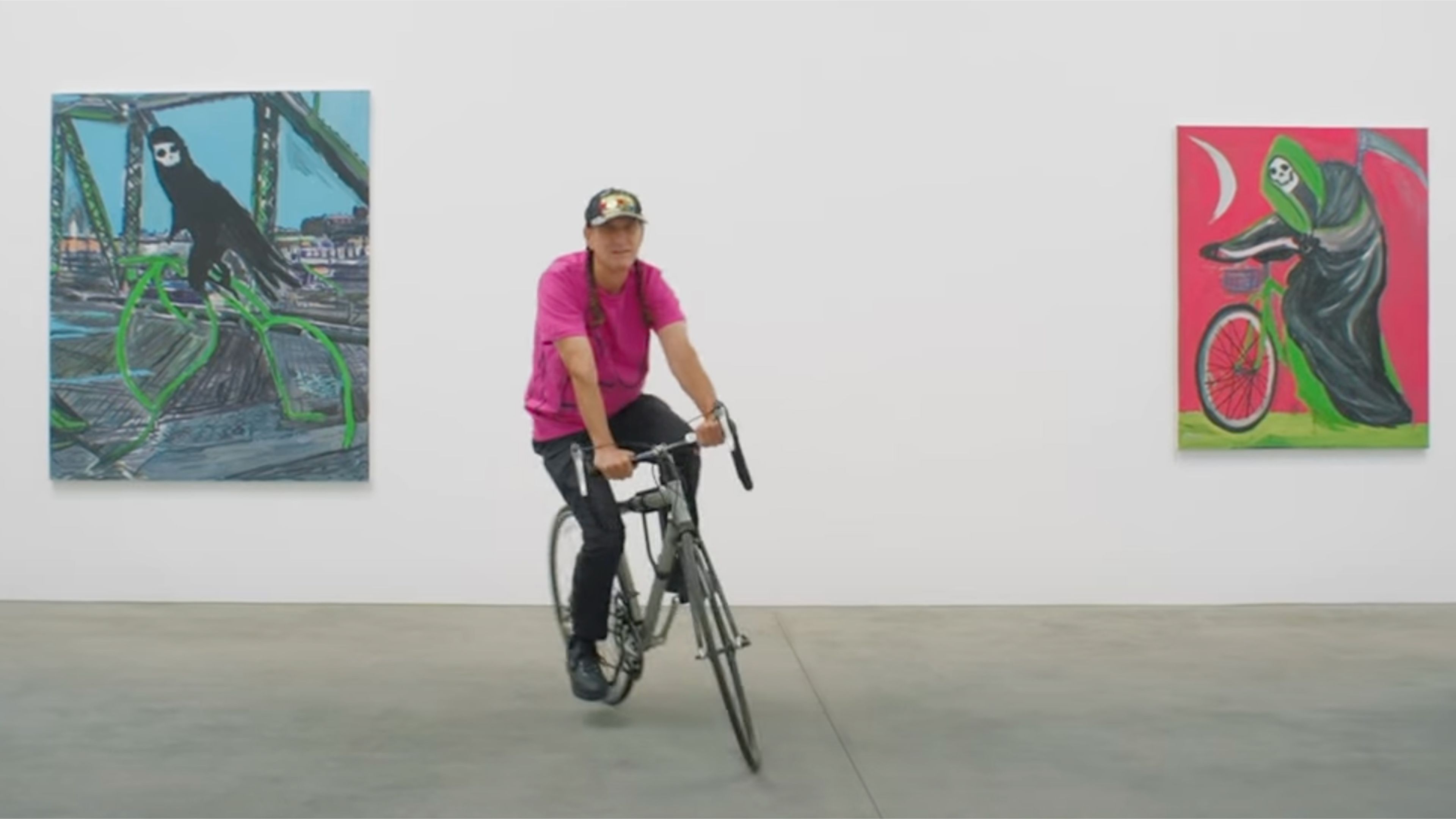
Josh Smith: Destiny
The artist takes us on a ride-along through his new solo exhibition, featuring Grim Reapers set loose on wheels all over New York City.
Survey
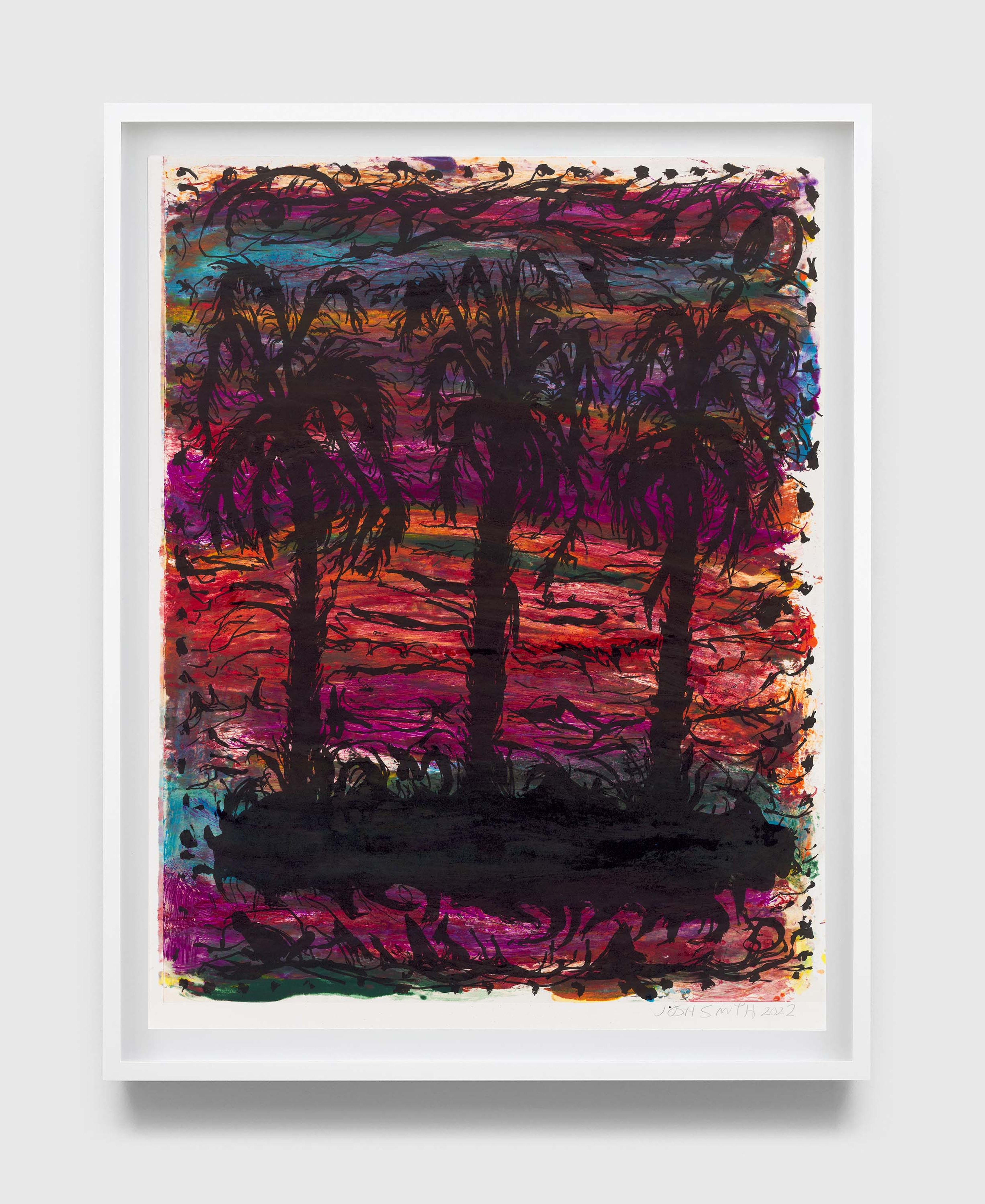
Available Works
View a selection of works from Josh Smith
Exhibitions
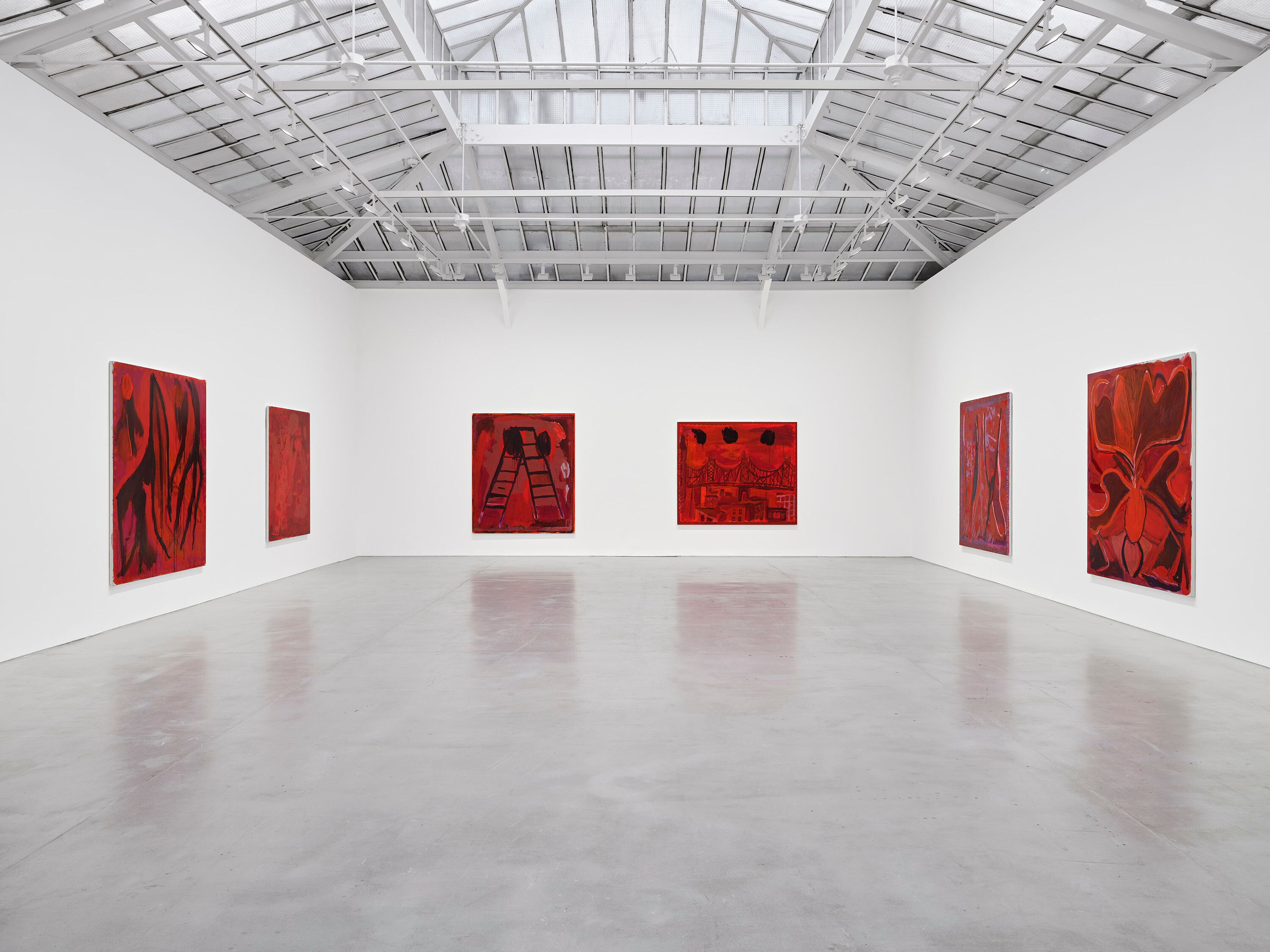
Explore Exhibitions
Artist News
Biography
Josh Smith is a New York-based painter who also works with collage, sculpture, printmaking, and artist’s books. He first became known in the early 2000s for a series of canvases depicting his own name, a motif that allowed him to experiment freely with abstraction and figuration and the expressive possibilities of painting. His work has since given way to monochromes, gestural abstractions, and varied imagery, including leaves, fish, skeletons, sunsets, and palm trees that the artist has explored in series. Smith’s work engages in a celebratory and prolific project of experimentation and refinement—upending the conventions of painting while simultaneously commanding a deep awareness of its history.
Smith was born in 1976 in Okinawa, Japan. Smith’s father was in the US Army, and his family moved frequently, eventually settling in East Tennessee, where the artist mostly grew up. His work has been presented in numerous solo exhibitions at museums and arts institutions in the United States and abroad. In 2024, a solo presentation of Smith's work, Life Drawing, was shown at The Drawing Center, New York. Other recent solo shows include those held at the Bonner Kunstverein, Bonn, Germany (2016); Museo d’Arte Contemporanea di Roma, Rome (2015); Zabludowicz Collection, London (2013); The Brant Foundation Art Study Center, Greenwich, Connecticut (2011); Centre d'Art Contemporain Genève, Geneva (2009); De Hallen Haarlem, The Netherlands (2009–2010); Museum moderner Kunst Stiftung Ludwig Wien, Vienna (2008); and SculptureCenter, New York (2004).
Smith’s work has also been included in important group exhibitions, such as Forever Young – 10 Years Museum Brandhorst, Museum Brandhorst, Munich (2019–2020); Trouble in Paradise: Collection Rattan Chadha, Kunsthal Rotterdam (2019); Publishing as an Artistic Toolbox: 1989–2017, Kunsthalle Wien, Vienna (2017–2018); Painting 2.0: Expression in the Information Age, Museum Brandhorst, Munich (2015–2016), and Museum moderner Kunst Stiftung Ludwig Wien, Vienna (2016); The Forever Now: Contemporary Painting in an Atemporal World, The Museum of Modern Art, New York (2014–2015); The Painting Factory: Abstraction after Warhol, The Museum of Contemporary Art, Los Angeles (2012); ILLUMInations, 54th Venice Biennale (2011); and The Generational: Younger Than Jesus, New Museum, New York (2009).
The artist has been represented by David Zwirner since 2017, and his first exhibition, Emo Jungle, took place at the gallery’s 519, 525, and 533 West 19th Street locations in New York in 2019. David Zwirner Online presented High As Fuck, the artist’s second solo show with David Zwirner in 2020. Also in 2020, a solo exhibition of new paintings was presented concurrently at the gallery’s locations in London and 69th Street in New York. In 2023, a solo presentation of the artist's work was on view at David Zwirner, Paris. Smith’s first solo exhibition in Los Angeles, Destiny, was on view at the gallery’s 606 N Western Avenue location in 2025.
Smith’s work is held in numerous international public collections including The Broad, Los Angeles; Carnegie Museum of Art, Pittsburgh; Centre Pompidou, Paris; Moderna Museet, Stockholm; Musée d’art contemporain de Montréal; The Museum of Modern Art, New York; Museum moderner Kunst Stiftung Ludwig Wien, Vienna; and the Whitney Museum of American Art, New York.
Selected Press
Selected Titles

Request more information
